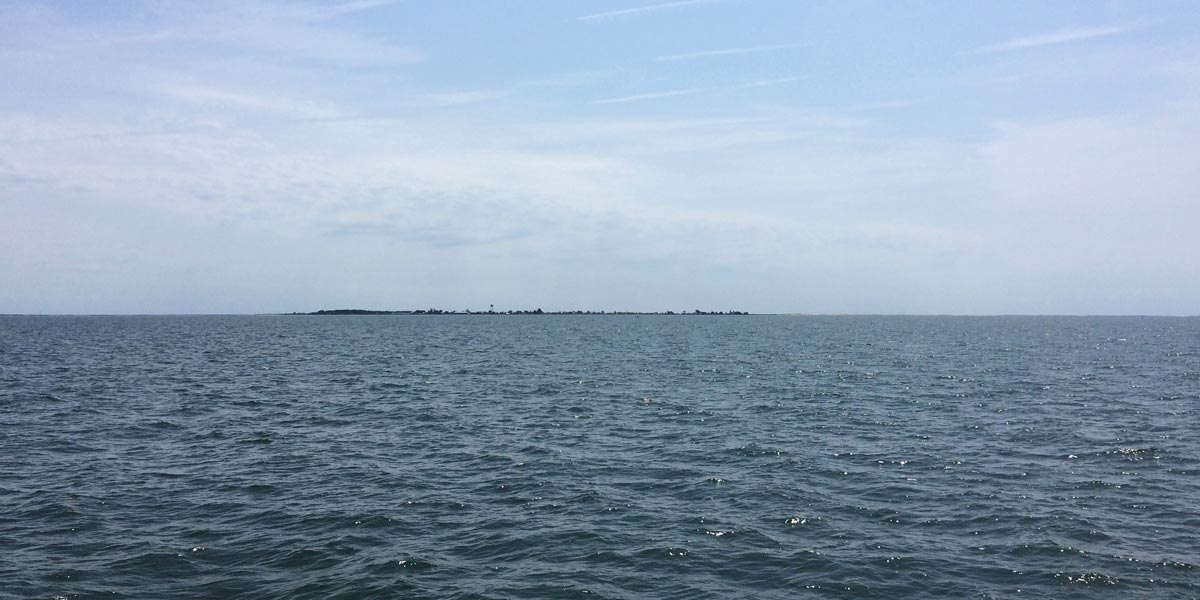Visiting Tangier Island
Details from a trip out to Tangier Island, located about 18 miles off Virginia's Northern Neck in the Chesapeake Bay. The island contains a small, working class community who's economy is largely driven by crab fishing, with contributions from seasonal tourism. It's a somewhat offbeat, slightly remote outpost that can be easily ventured to in a day.
It would be hard to say when or from whom I learned of Tangier Island, but it was some time ago, and the place immediately seemed interesting enough to be worth remembering and looking up later. And since I've settled to within a couple of hours of the Chesapeake Bay, it wasn't long before Tangier Island went on a short list of potential day trips. Recently, when the opportunity opened, I thought, "It's a good day to go on a little adventure."
Before going, I looked up a little bit of Tangier Island's history. From what I found, it seems reasonable to believe that the island was at least visited on occasion by native inhabitants of the region, but the first appearance of the island in the modern record was in 1608 with a landing by the crew of John Smith, who by some accounts gave the island its present-day name. The island was settled in 1686 by the Crockett family, some of whose descendants still live on the island today. During the War of 1812, Tangier Island was the headquarters of the British Fleet, which used the island as a base and staging ground from which they sacked and burned Washington, DC. Later, the island was a home for Methodist camp meetings and revival meetings. To this day, the Methodist chapel occupies a prominent physical and cultural place in the community.
Presently, the island is a working-class small town driven by fishing and tourism. It has a population of about 750 people and about 250 households. The island has a land area of a little over a square mile. The average elevation of the island is 3 feet above sea level.
The trip to Tangier Island—at least from Northern Virginia and the Washington, DC area—starts from the dock at at Buzzard's Point Marina in Reedville, VA. And oddly, during the late-19th century, Reedville, Virginia once had the highest per capita income of any town in the United States. This was after the collapse of the whaling industry in Nantucket, and in the decades after the end of the Civil War. A family from New England, as the story goes, came down to the Northern Neck Peninsula with some kettles and built one of the most lucrative industries in the region, reducing a bony Atlantic fish known as menhaden to fish oil for export. This at a time when the entire South was in deep recession. Reedville, as a result, became a bright anomaly in the dismal picture of what generally was the Southern economy in post-war times.
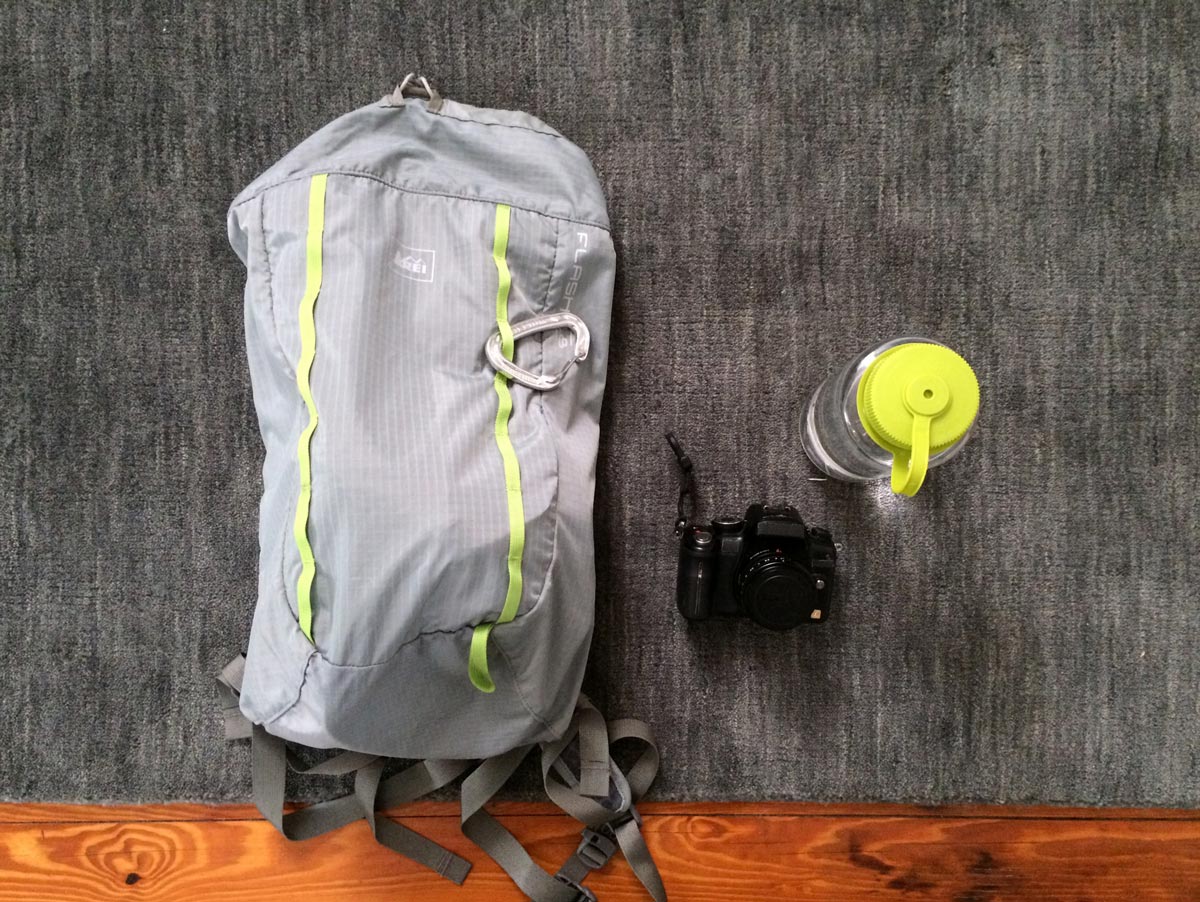
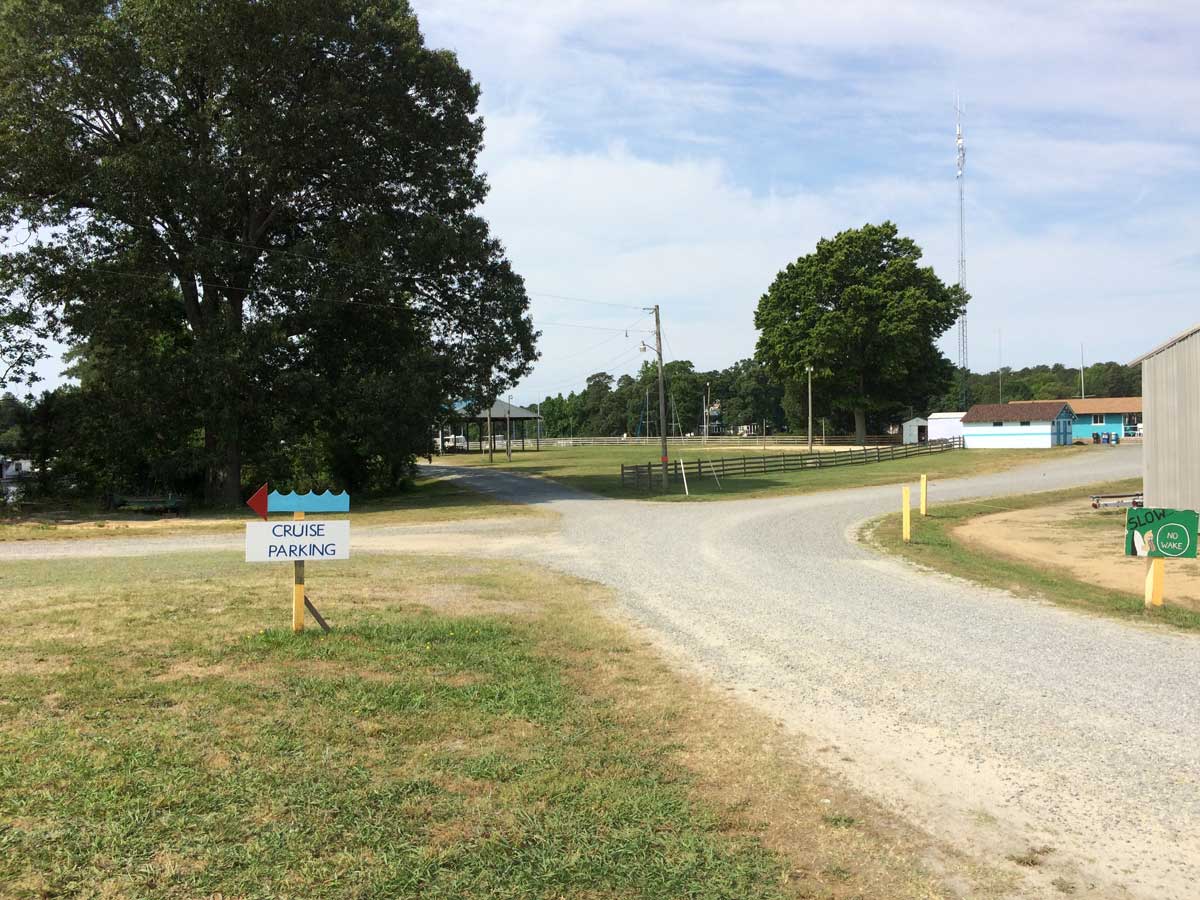
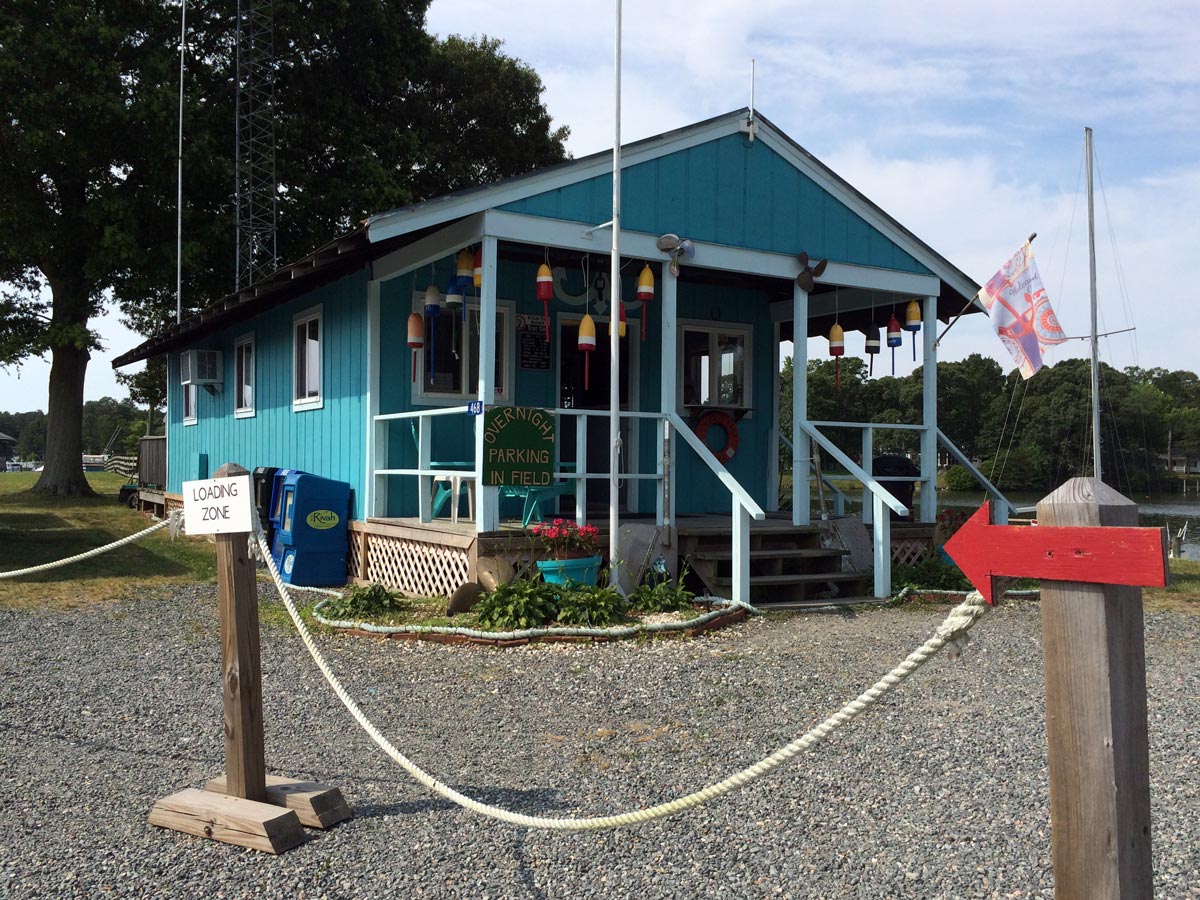
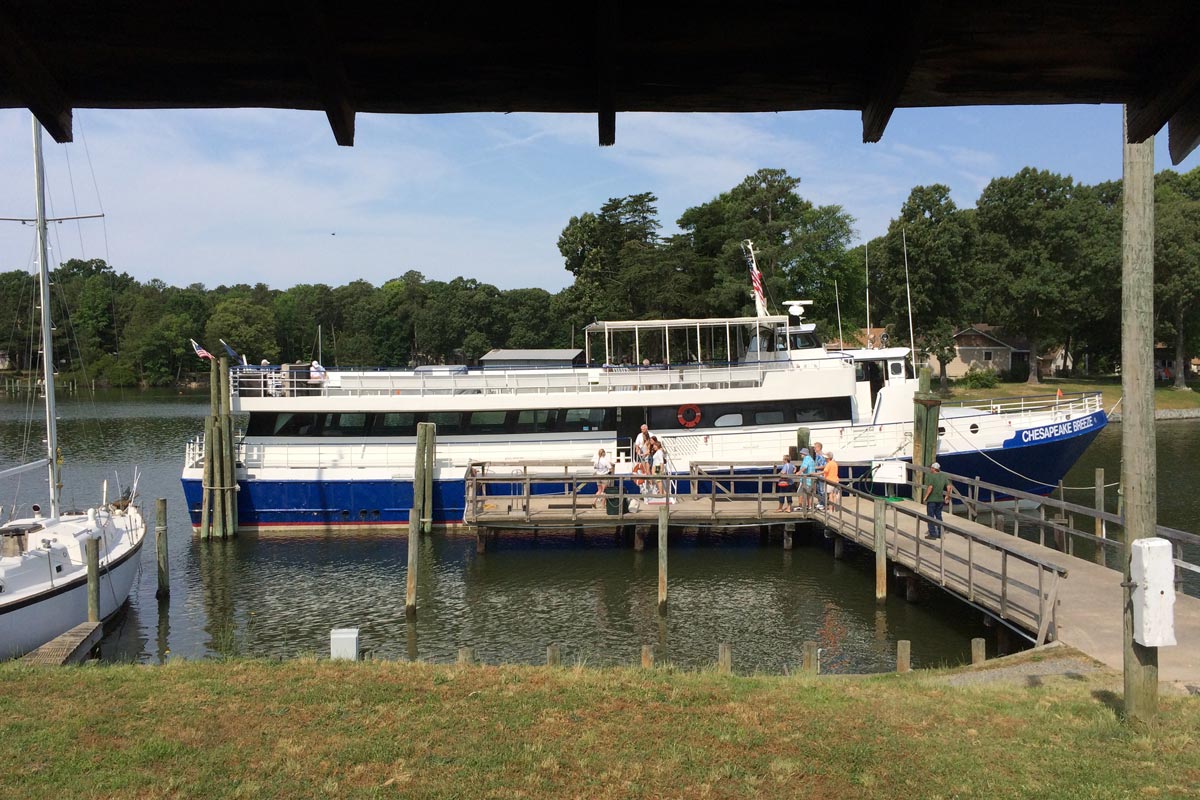
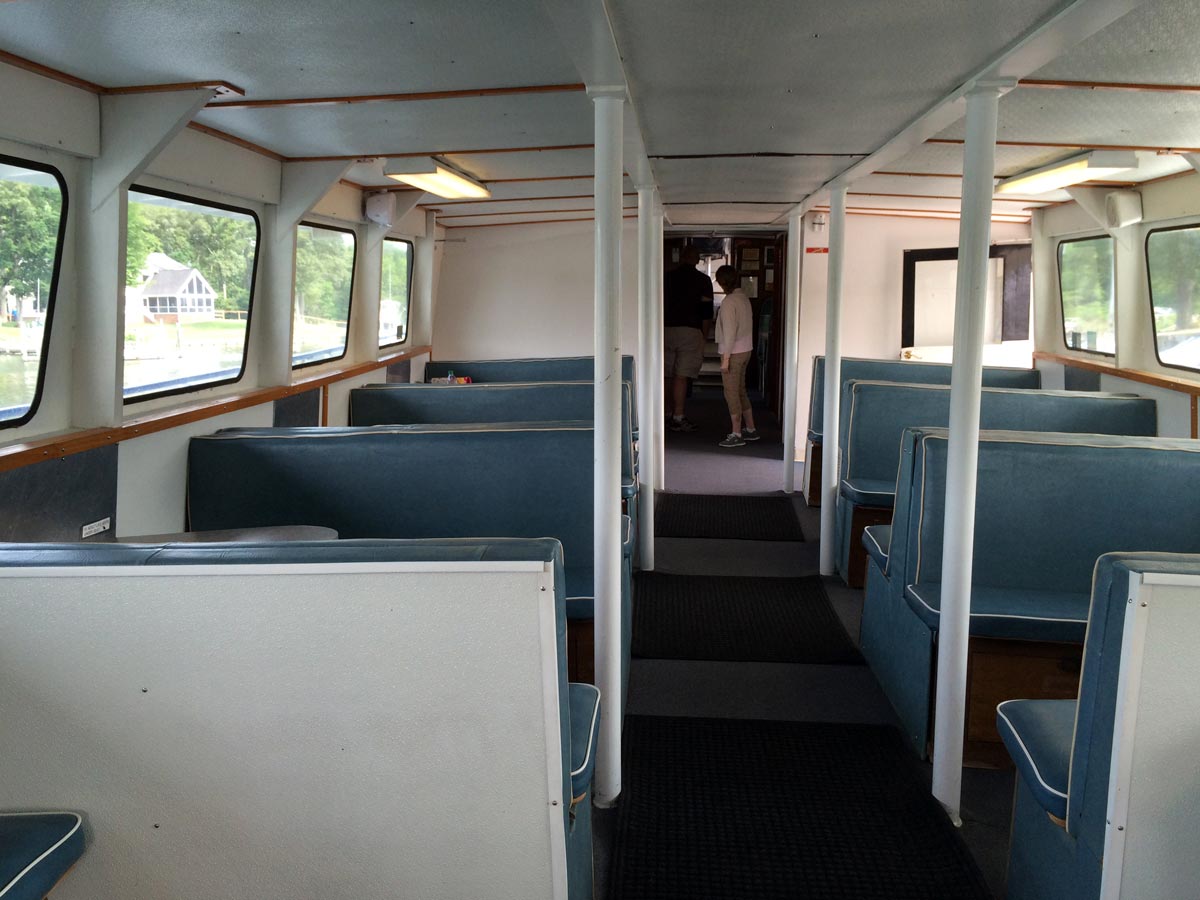
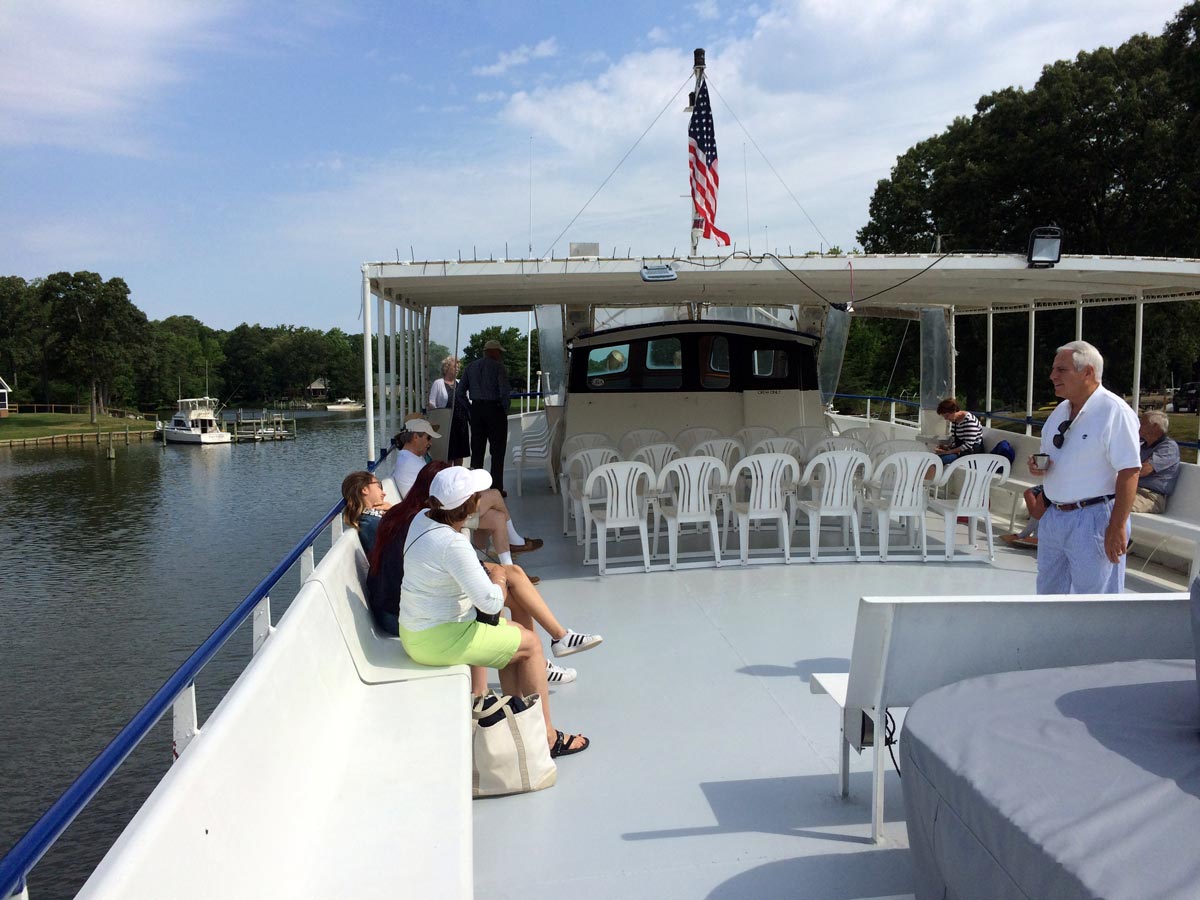
It's an 18-mile, one-hour-and-forty-five-minute crossing to Tangier Island. The journey starts on Cockrell's Creek, which empties after a short distance into the mouth of the Great Wicomico River where it meets the Chesapeake Bay. Leaving port, I looked down from the upper deck of the ferry into the nest of two ospreys that had likely traveled from the southern hemisphere to mate and hatch their chicks. Two large juvenile ospreys, not yet strong enough to fly, stumbled around inside, waiting for their next meal.
Along the way out from Reedville is the modern representation of the old menhaden fishing industry: Omega Protein (NYSE: OME). The company's fleet takes about 80–90% of menhaden that are caught in US waters, amounting to about 170,800 metric tons per year, according to the Washington Post. If you or your pet have ever eaten anything with fish oil, there's a good chance it was sourced from here. I thought this was all quite interesting.
Admittedly, this is coming from a vegetarian, but for anyone looking to take the journey to Tangier, I should note that the smell from the fish processing plant was simply nauseating. For those that are adverse to this kind of thing, I would recommend spending that part of the journey inside the lower deck passenger cabin, up front near the Captain's cockpit, where the air conditioning vents are located. For my part, though, I rode it out in all its putrefying, sun-baked glory.
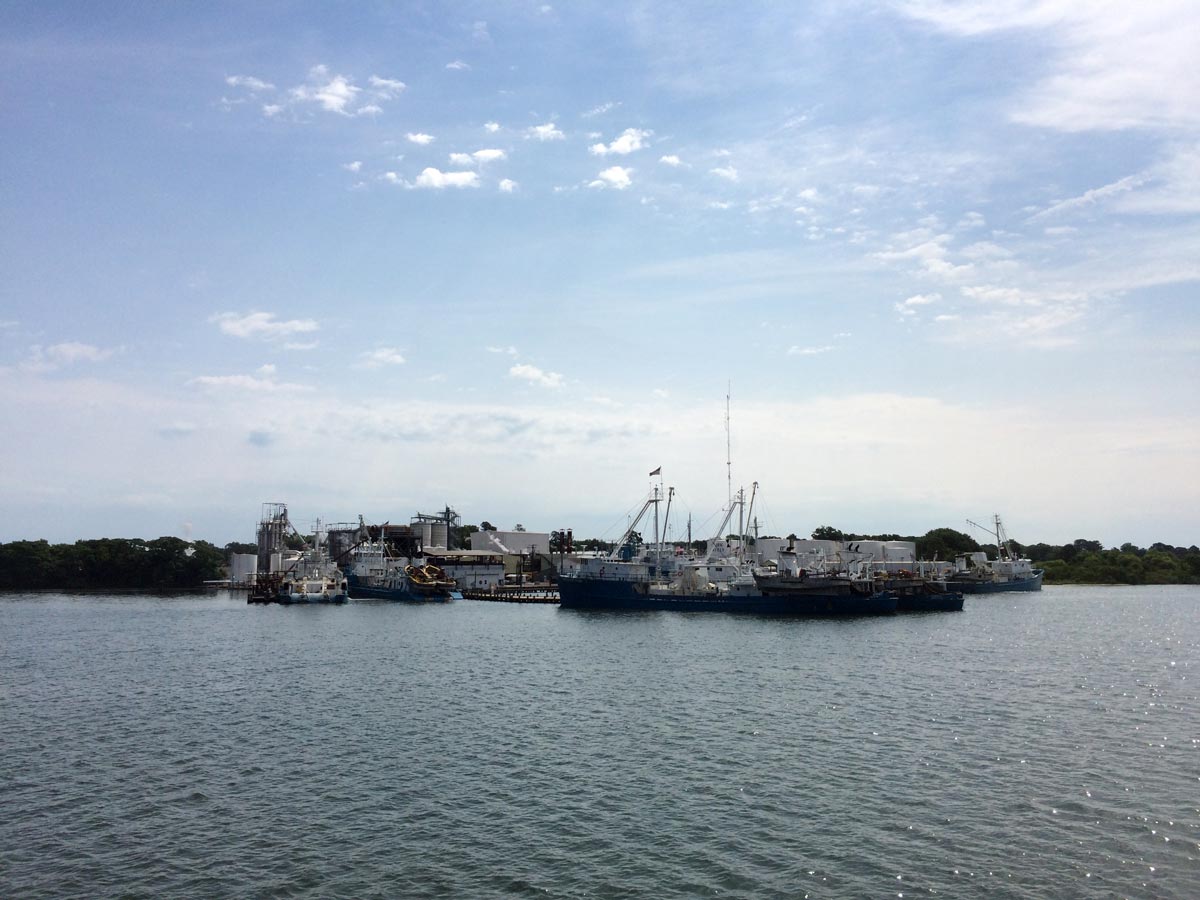
Out on the open water, it becomes apparent how the Chesapeake Bay is one of world's largest bodies of inland sea water. It goes over the horizon. Within it is a major shipping channel that runs to Baltimore over the bed of what was formerly the Susquehanna River during the last ice age. What we now know as the bay is just the flooded plain on either side. It's deepest point is 140 feet, a short distance north of where the ferry route crossed.

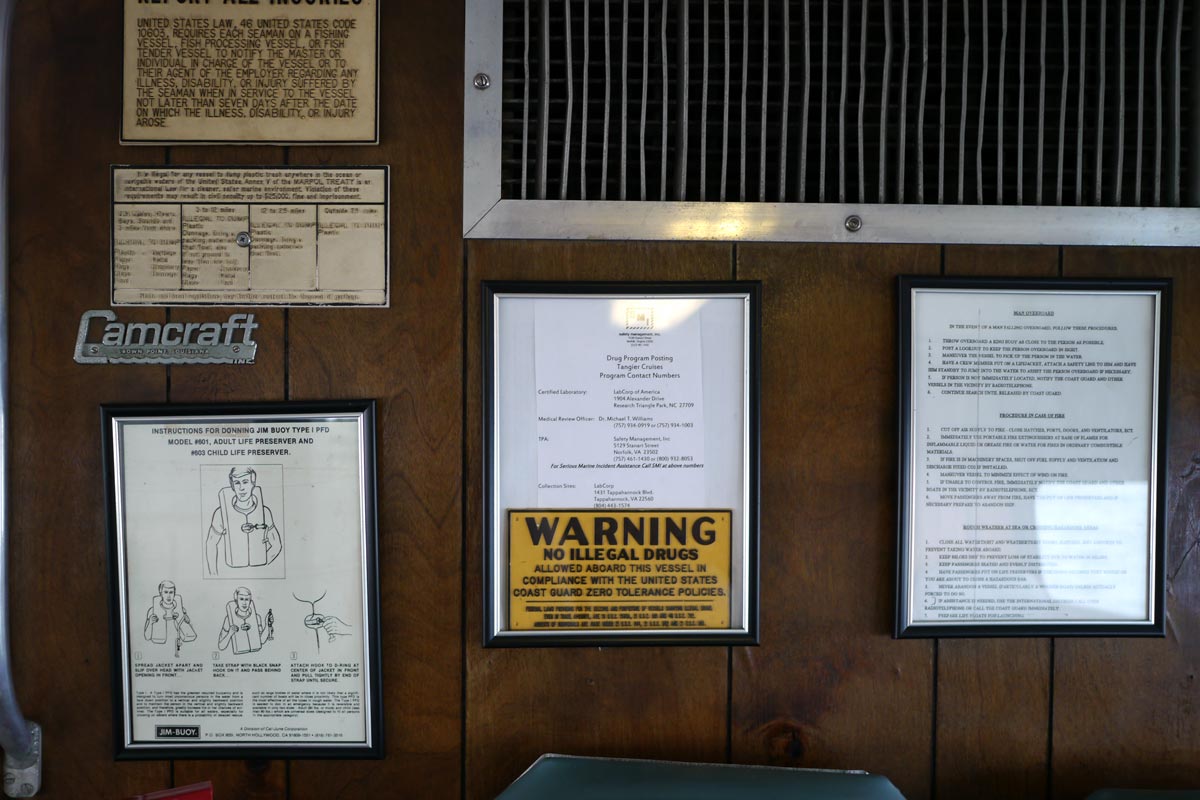
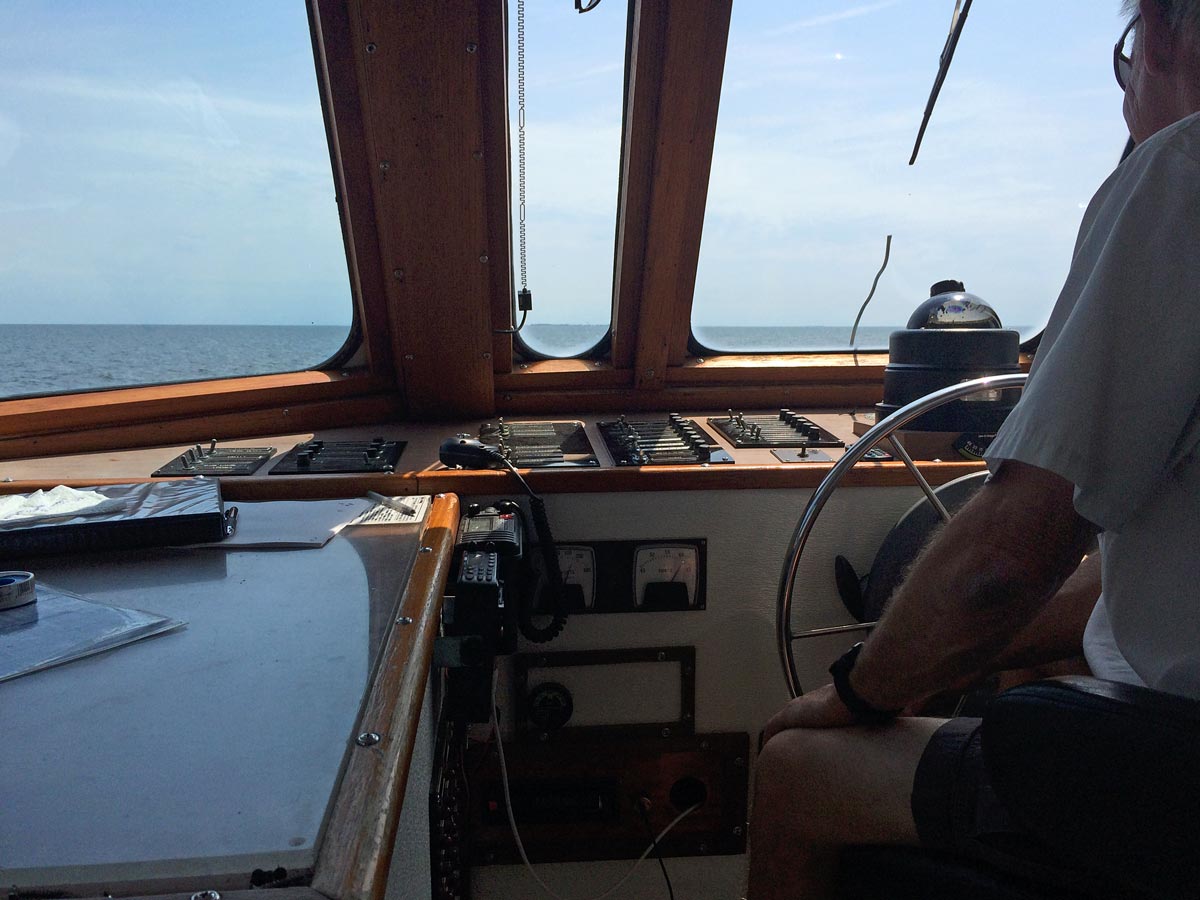
About halfway through the trip, I knocked on the door to the captain's cockpit and he invited me up to pass some time. I noticed the depth gauge reading 92 feet. The boat was cruising at 12.9 knots. I asked him how long he'd been running the ferry. He said almost his whole life. The business was now in its second generation in his family. (His grandson, who looked to be about 7, and his teenage granddaughter, were his mates on this journey.) His wife was from Tangier Island and he had other strong family connections there, as well.
I asked him what the strangest thing he had seen out there was. He laughed and said, “It's not out there, it's in here,” as he motioned to whole of the boat. He said that when people get off the boat, they're usually looking at all the sights, but often times they're the curiosity once on the island. He advised me to take a moment and notice how people look at the others getting off the boat, too. Good fun.
I asked about rough weather. Yes, he had seen a fair share of it. I asked how much the boat could take. He sighed, thought for a moment, and said, “Well, the boat can take more than the crew, and the crew can take more than the passengers, so…I don't know.”
I asked him what the roughest conditions he had cruised in out there were. He said that there was one time when they sailed back in steady 45 knot winds. It was a full load on the boat. It was really rough out there. Someone called 9-1-1. They said the boat was tilted and the Captain didn't care. The 9-1-1 operator referred the call to the Sheriff and the deputies, who were all his friends. They called him up and asked him what he wanted them to do, because they certainly weren't going to get a boat and go out there in that weather. He said that he'd see them when he got to shore in Reedville. I asked if he had to issue many refunds after that trip. “No,” he said, with a slight chuckle. “They all would have paid double to get off the island that day.”
I asked if he'd seen any whales out in the bay. The answer was yes. There had been two sighted in the spring in the area, and one more way up the bay. I asked about porpoises and dolphins. He said they were fairly common, especially when there was an easterly wind. He added, as a point of curiosity, that he had been told a long time ago by a very old timer that when porpoises were seen in the bay, that meant it was a good time to sail from the island to the Virginia shore. But that was in the old days, before most boats had props and motors.
I asked about scuba diving. Did people do much of it out there? No. It was too murky. The tidal currents could be strong. There were no wrecks to speak of. And how about surfing? He seemed a little surprised and amused by that question. He had seen some people try. Oh, really? My interest was piqued. He said it was in a storm. On Tangier Island? No. On the Virginia shoreline, not too far from Reedville. Did they catch waves? Yes, but short ones…
The surfing question was one I had briefly considered. In particular: could waves be had on Tangier Island? Surely, expectations would have to be low, but was anything possible there?
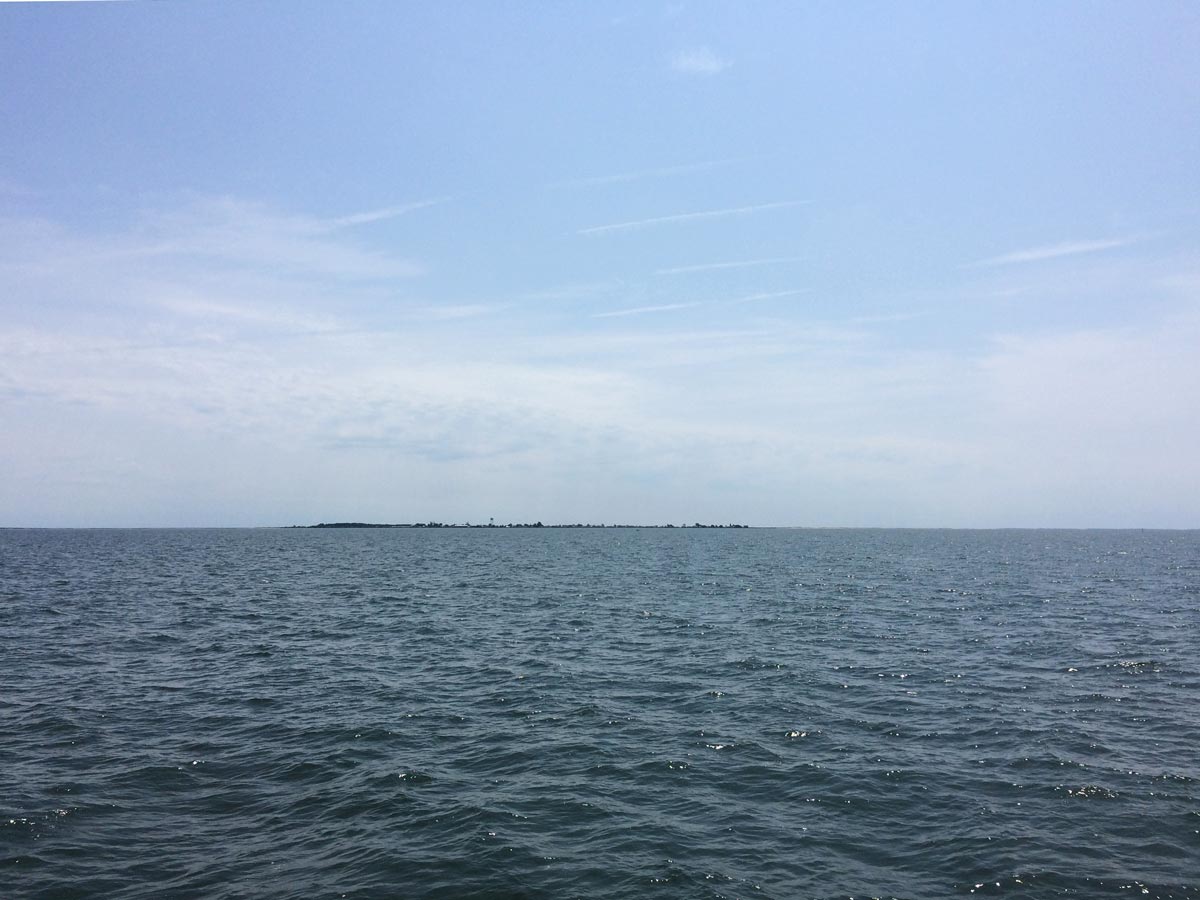
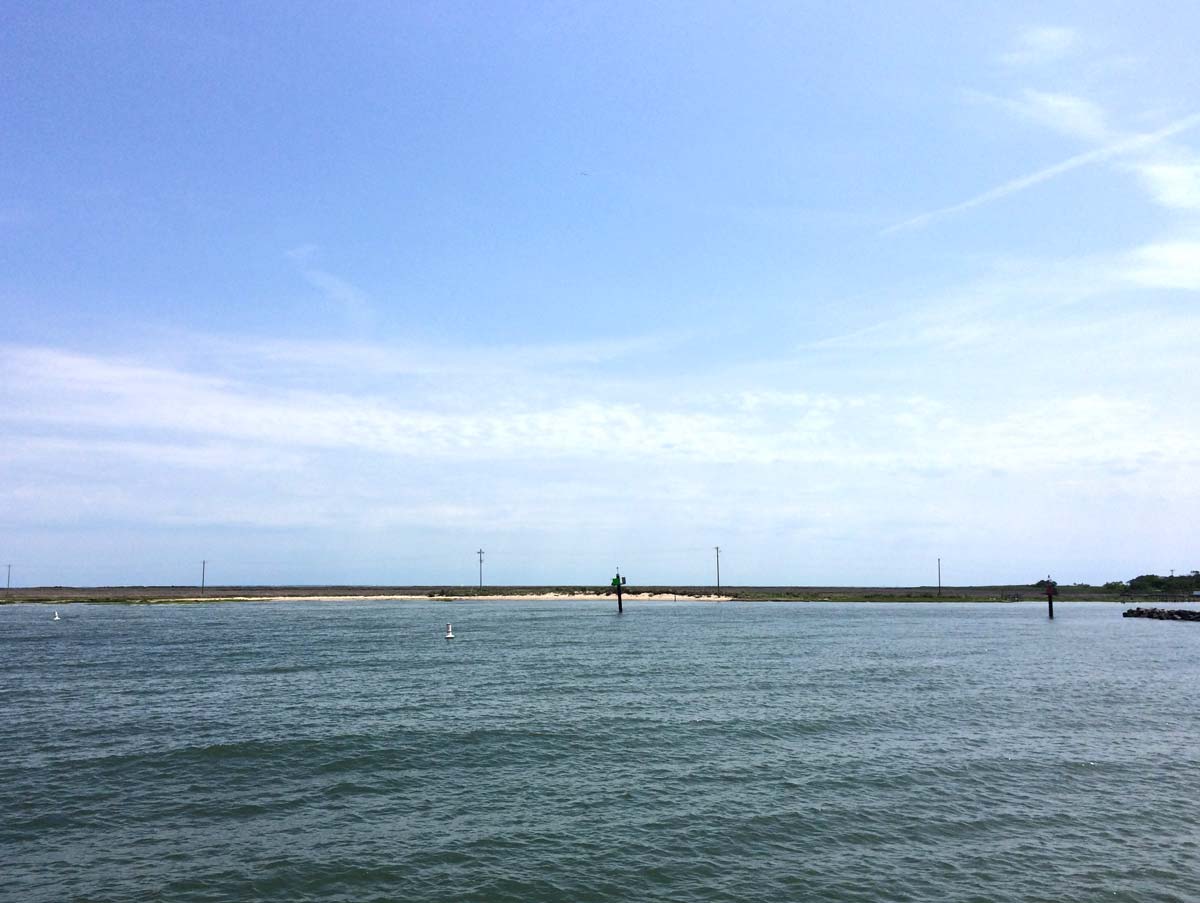
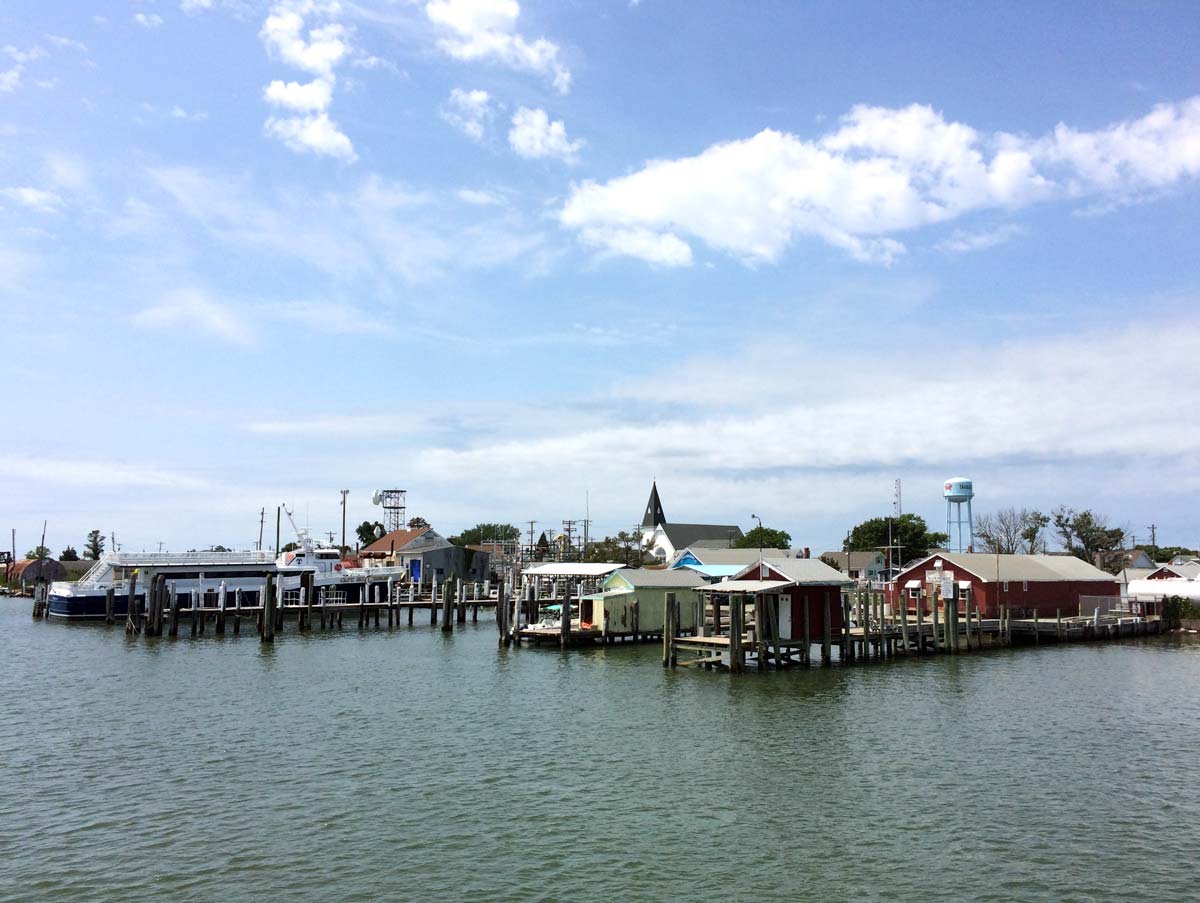
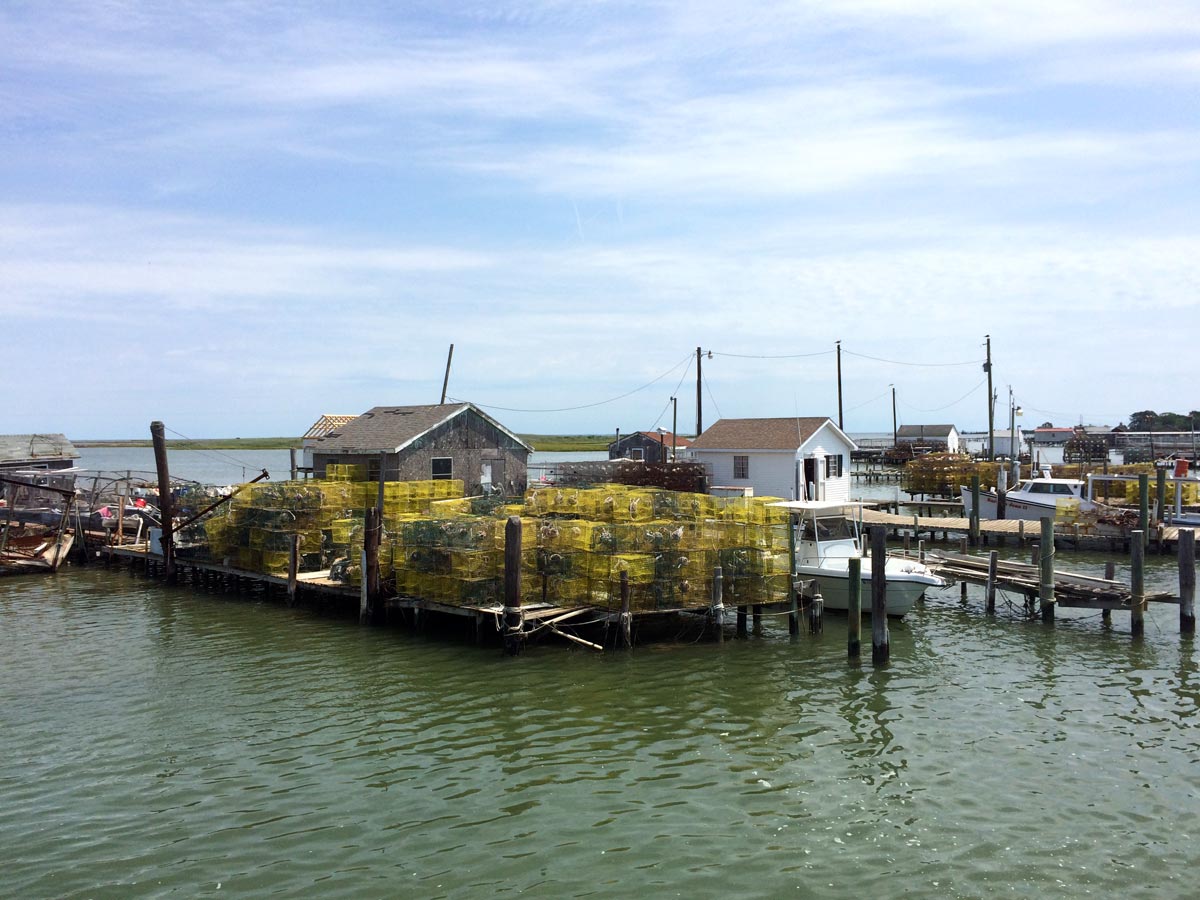
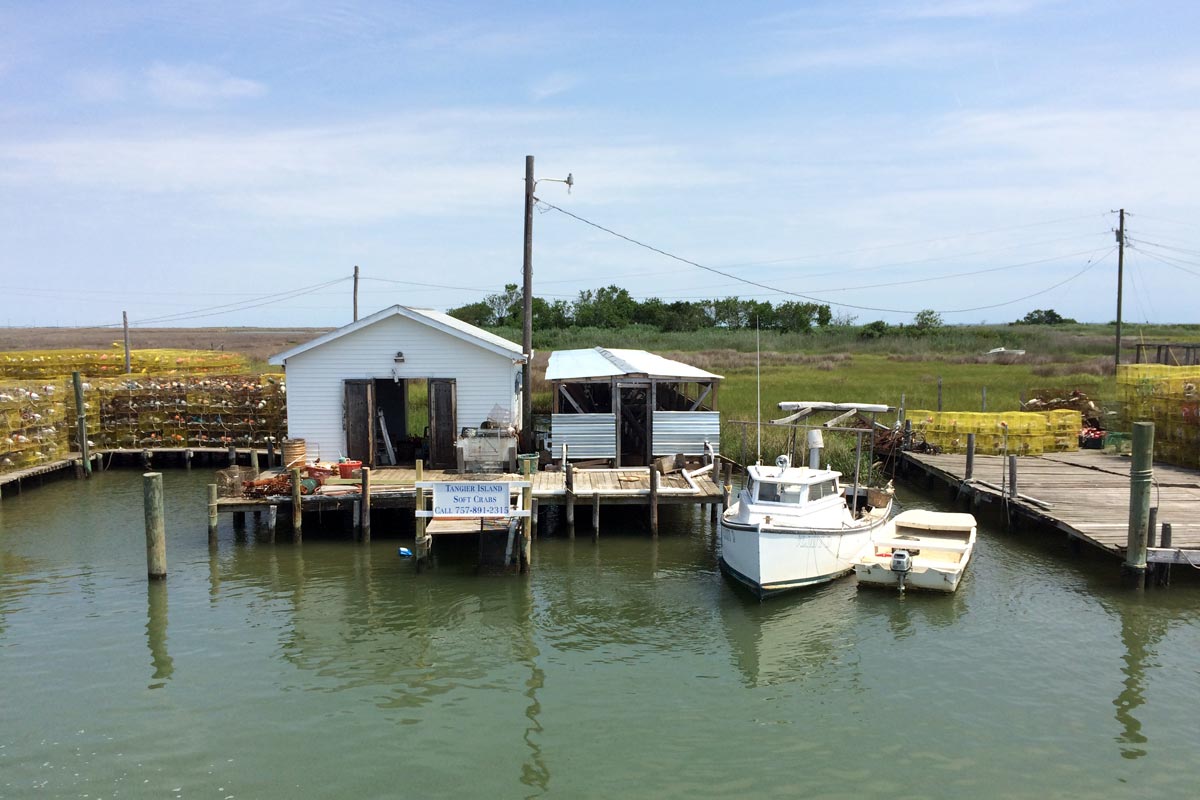
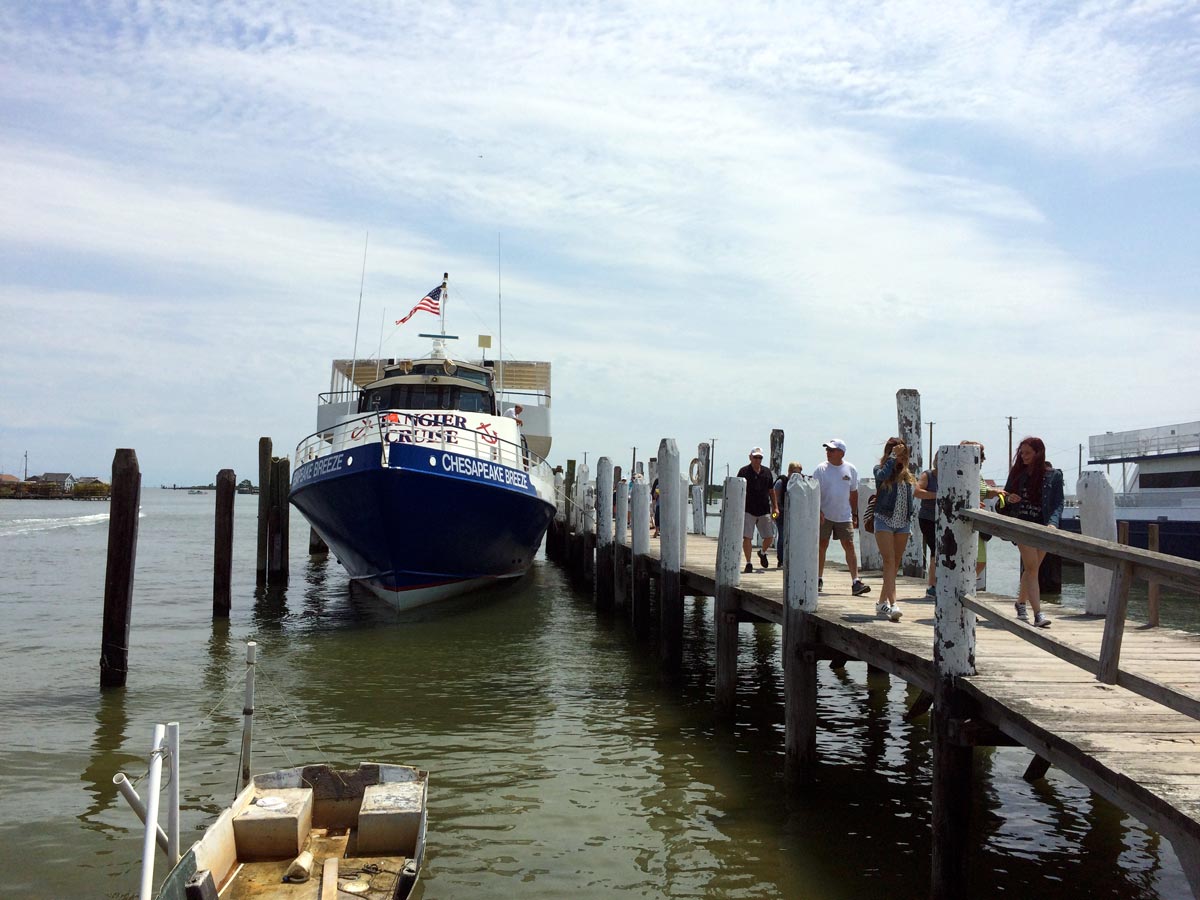
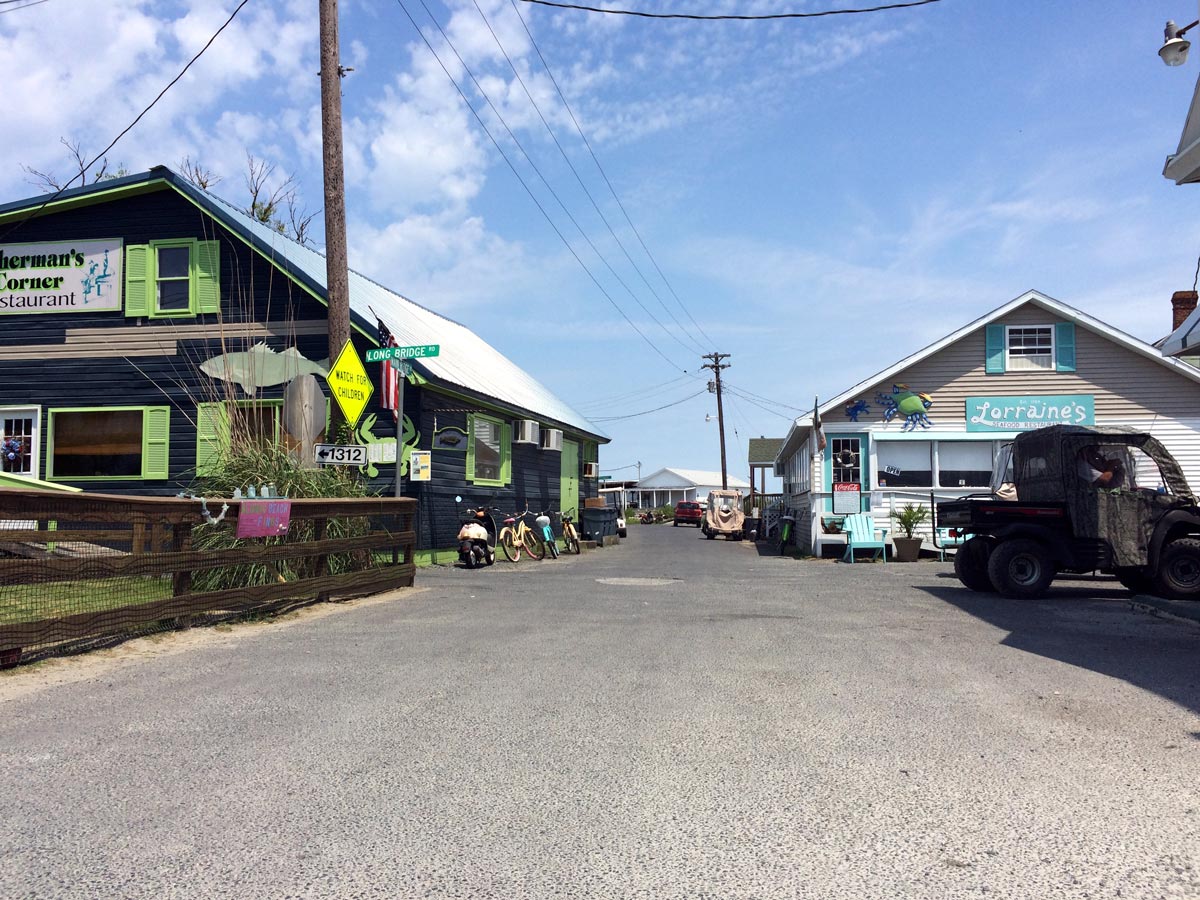
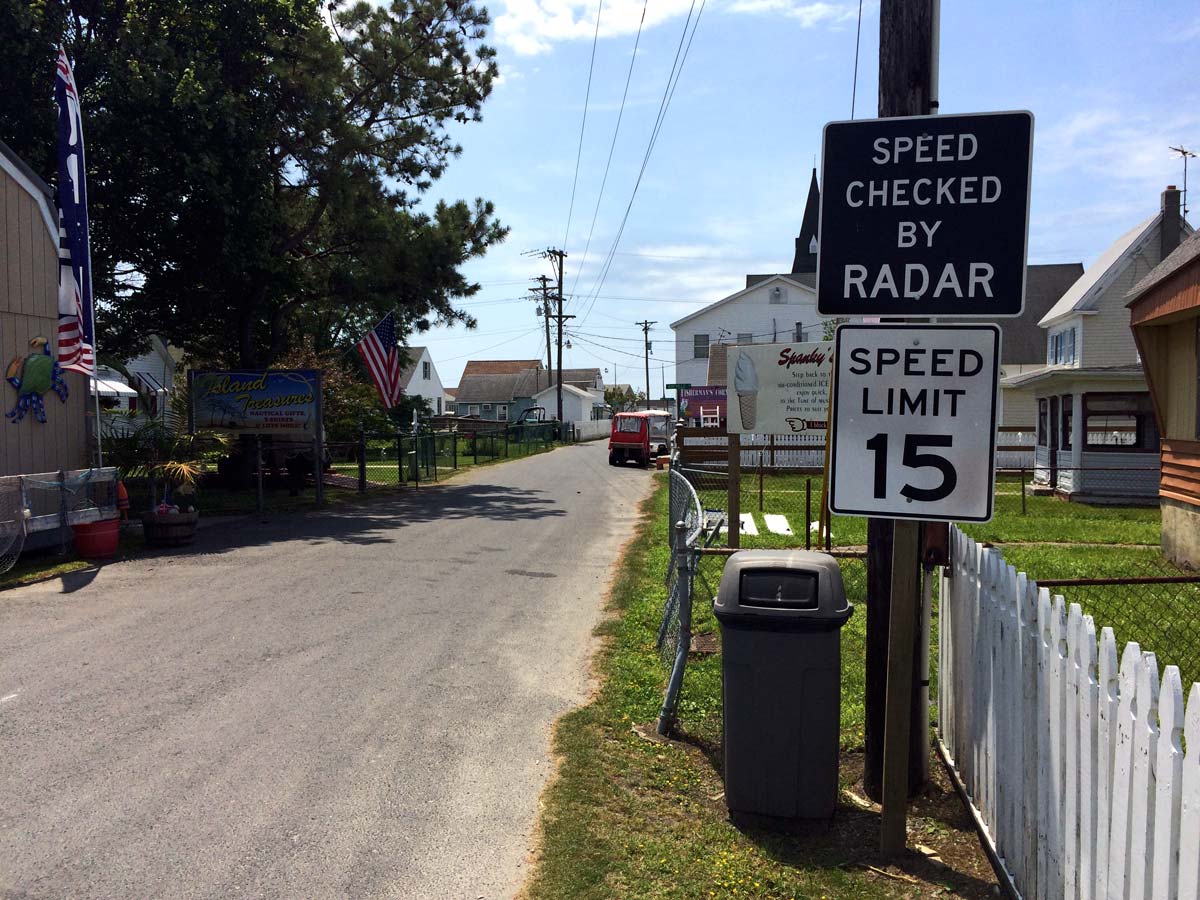
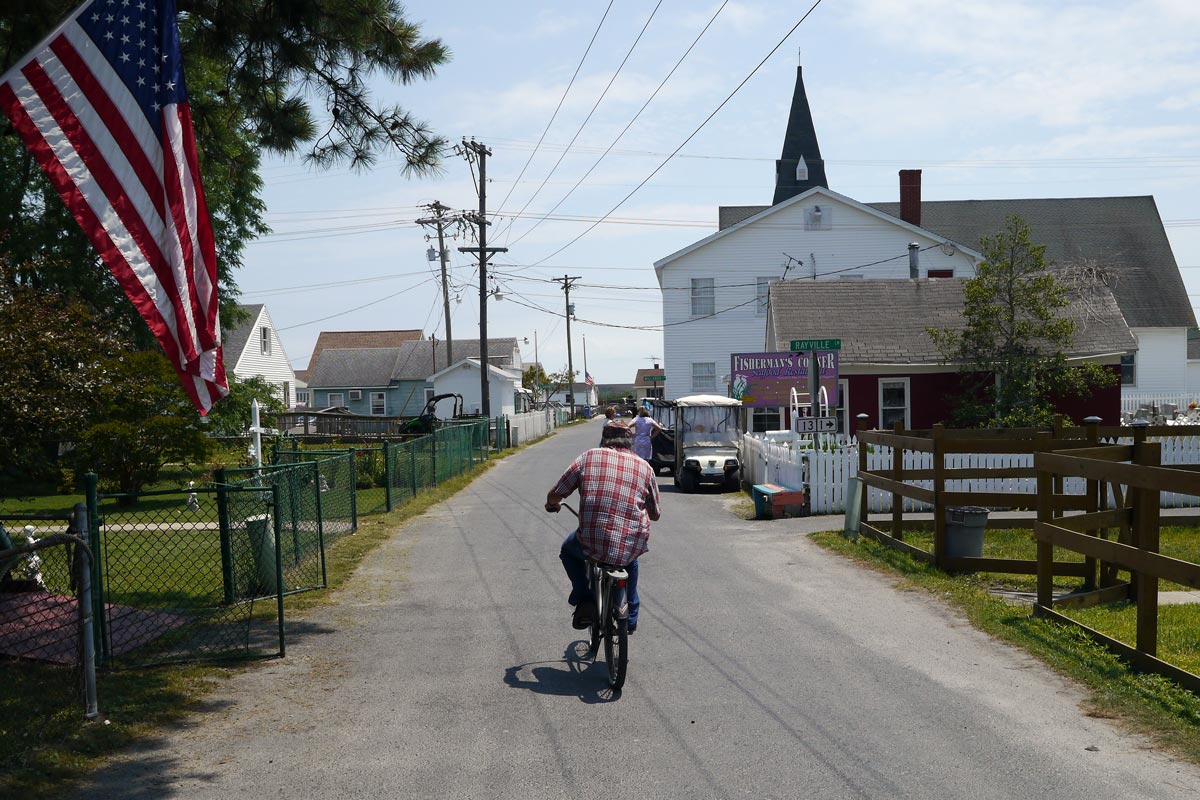
When I got on island, I spent some time walking around, looking at people looking at me, as it turned out. But everyone basically seemed friendly and easygoing. There was a good vibe to the place. Simple, working class, but upbeat. I stopped at a small snack bar, Four Brothers, and rented a bike for a couple of hours. In the process, I spent a few minutes talking with the kid at the counter. I asked her what her favorite thing to do on the island was. I wondered if she was going to say that it was to leave. She said go to the beach. I asked her if she'd ever seen anyone surf there. She said that she's seen people carry surfboards past the snack bar, like getting off the boat, but she'd never seen anyone actually surfing there. She said those people probably didn't know what they were getting into. She laughed. There was no surfing on Tangier Island.
After I paid for my bike rental, I set off toward the sourthern end. And I'd have to say at this point that that little bike ride down to the beach was one of the nicest times I'd had in a while. Wonder, mild fascination, and pleasant discovery the whole way. The air was warm but not too hot. The sun was shining. The roads were uncrowded. The environment was interesting. There was a light breeze from off the water. Everything on the island was at a pedestrian scale. I didn't see a single car along the way. Just a few golf carts with serious looking drivers who gave me the characteristic two-finger steering wheel wave typical of small towns where I'd lived in the past. I rode down narrow lanes and across narrow, weathered wooden bridges, figuring out the route as I went. Eventually, the pavement gave way to white sand and I crossed one more bridge to the small sand dunes and the water beyond.
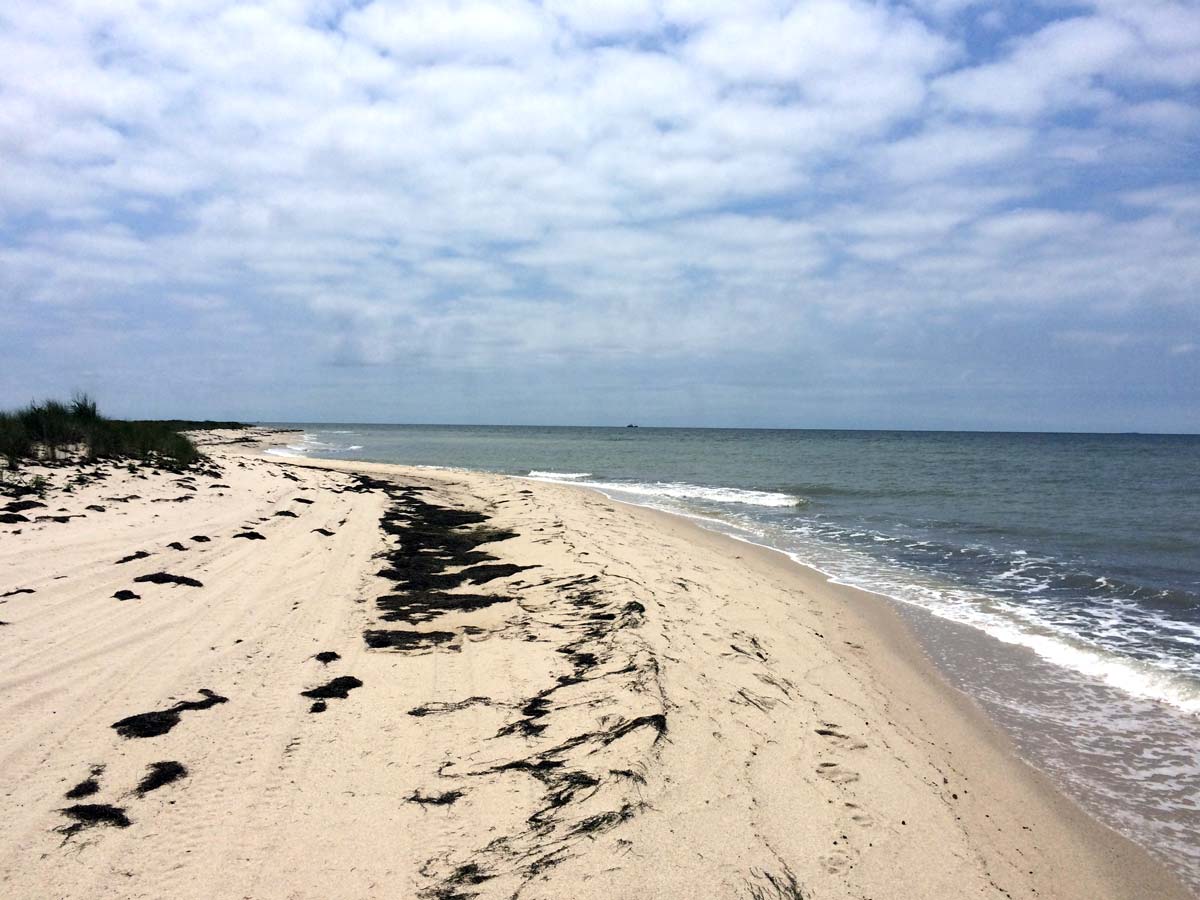
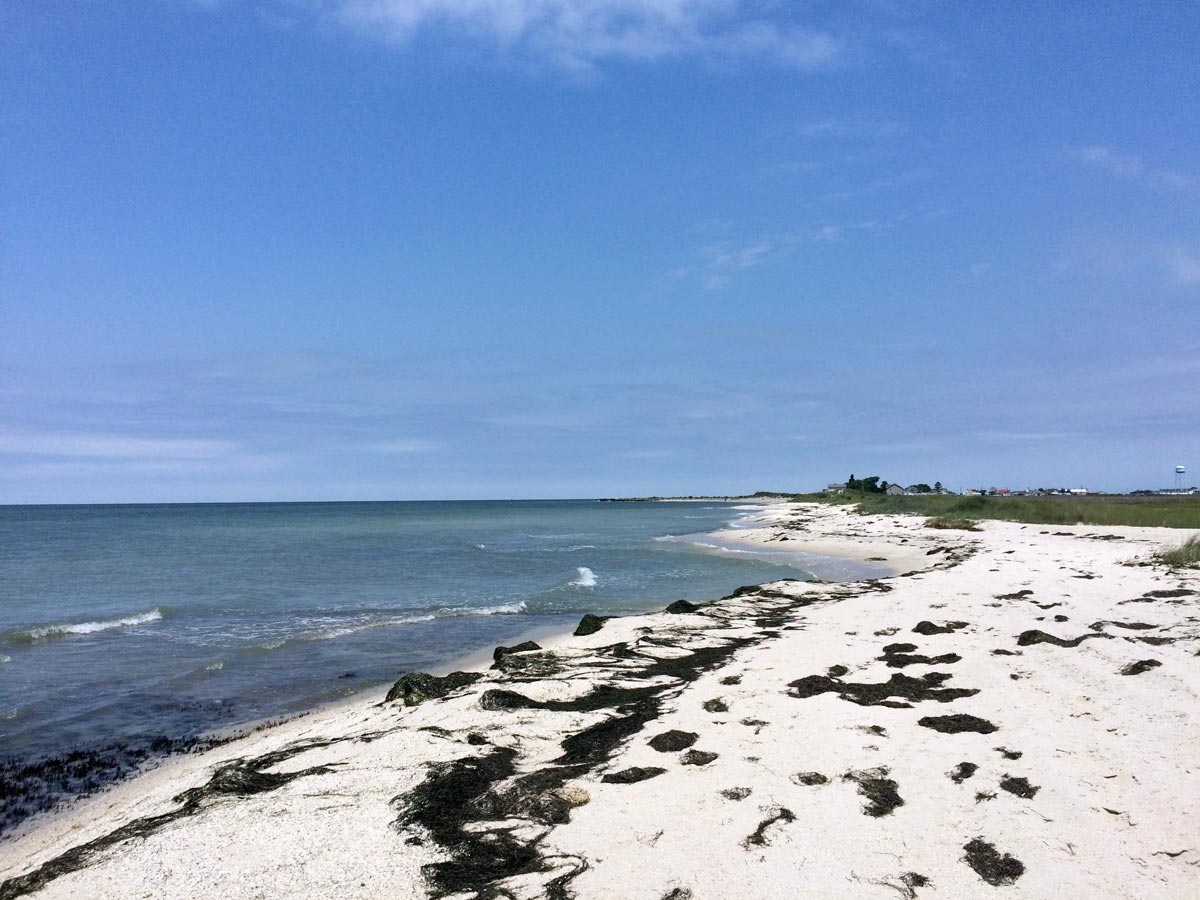
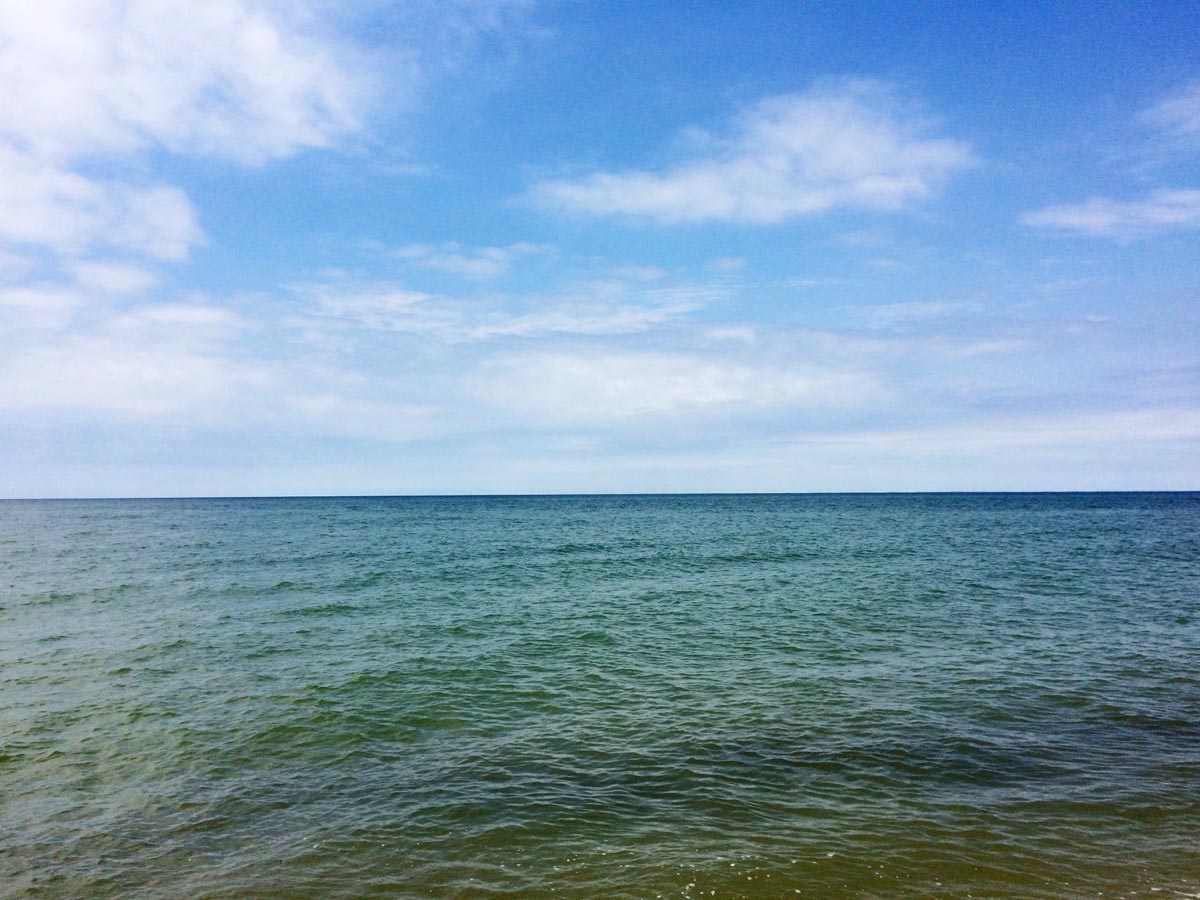
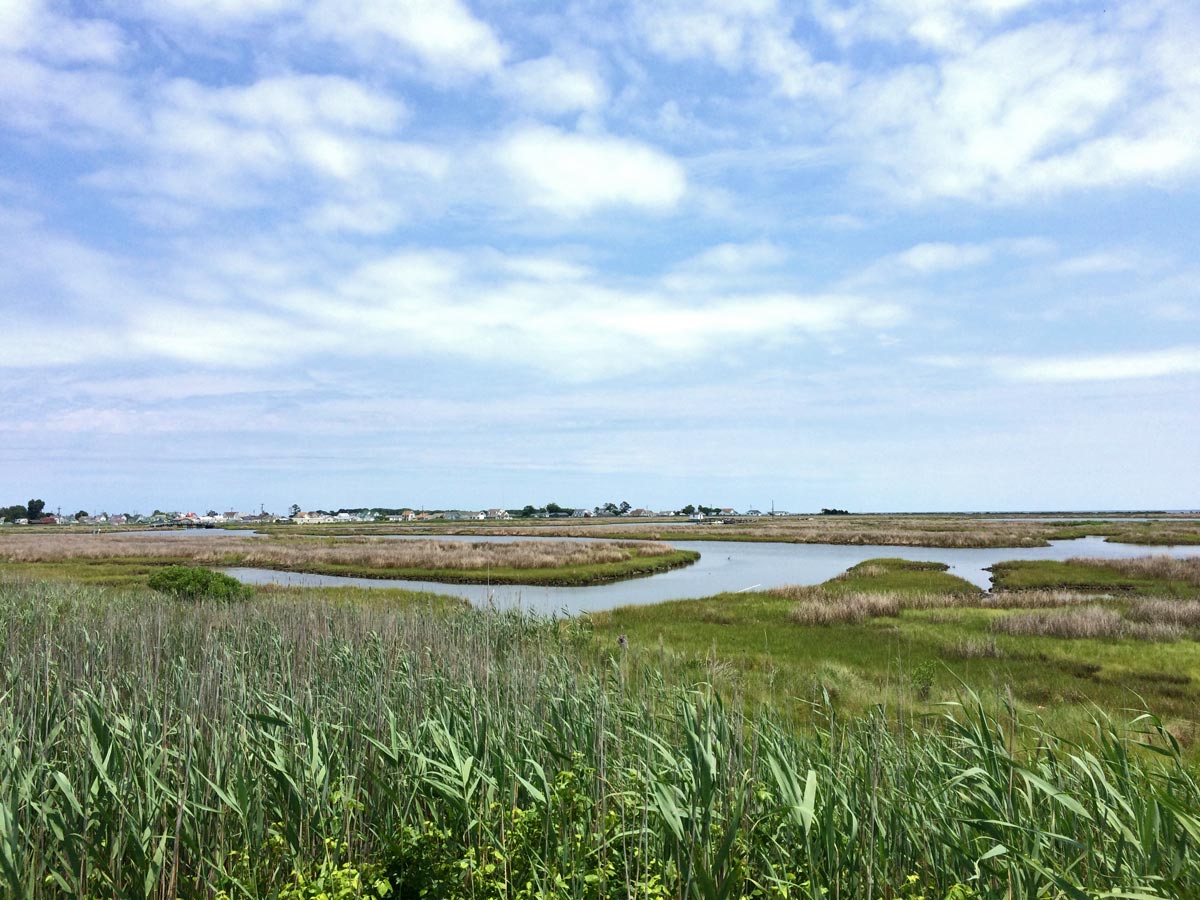
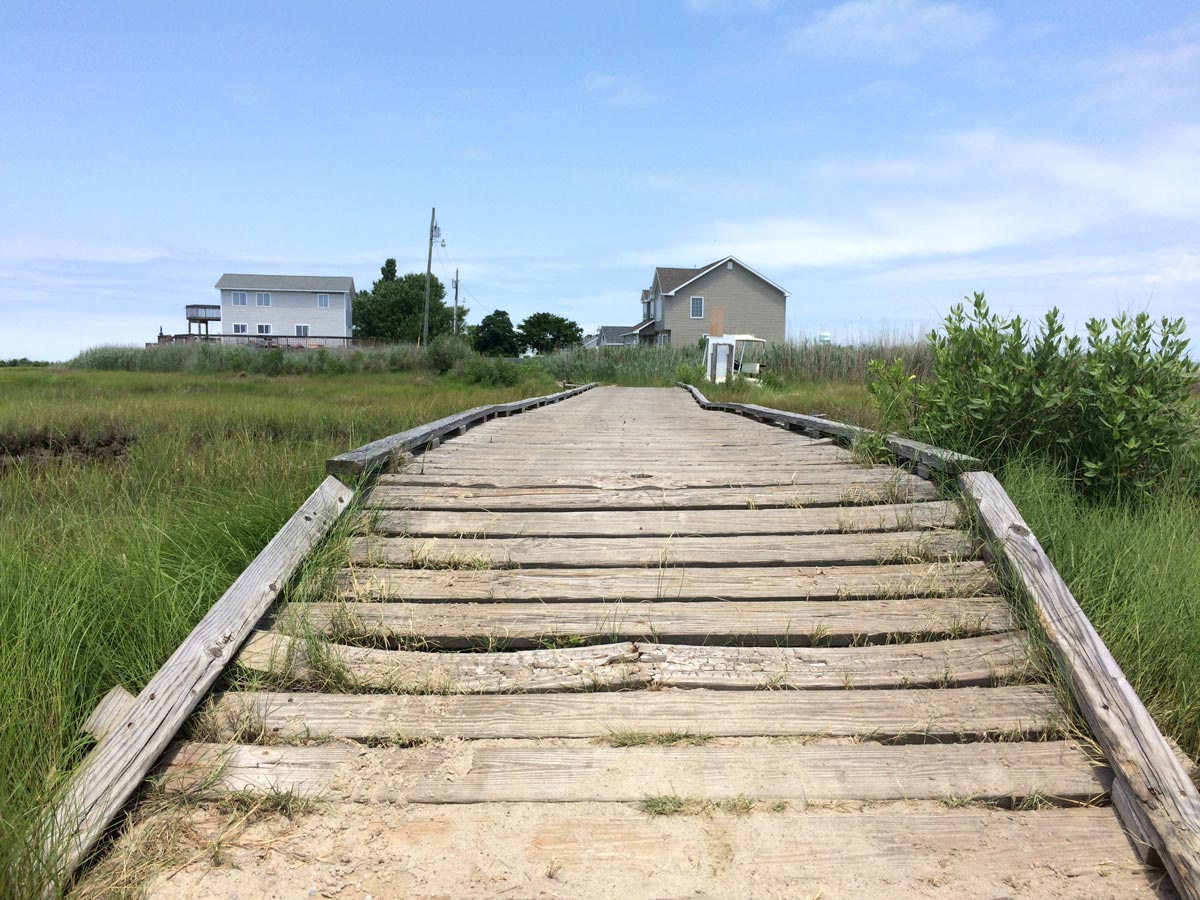
Out on the beach, I got talking with a guy who was sailing from Annapolis with his grandson. His engine broke and he had to get it repaired in Reedville. He said he had sailed around a bit. I asked him if he had done any crossings. “A few.” If he'd crossed an ocean? “No. But I've done a few Bermuda races. Out to the Onion Patch and back.” I asked him how long that took. He said his fastest time was 82 hours.
I saw a bald eagle with its characteristic wing flap and white tail flying above as I made my way off the sand. Once on my bike again, I meandered up the west side of the island. It was residential. A little run down. A lot of the island's services were over that way: the town office, the wastewater treatment plant, the dump, a boat graveyard, a small civilian airport. I've long thought that if you want to get a true sense of the character of any small town, there are three places to visit: the dump, the post office, and the main grocery store. I made a point to hit all three along my ride that day.
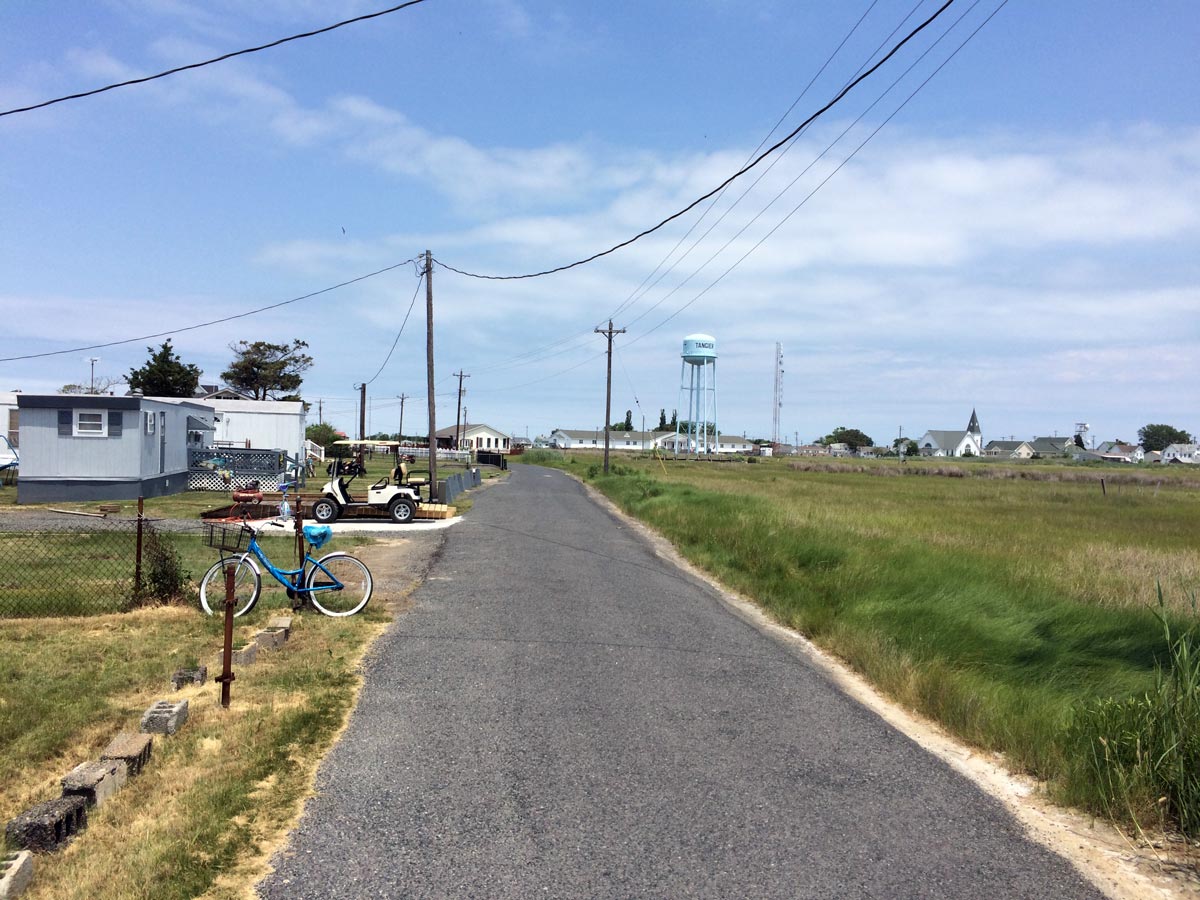
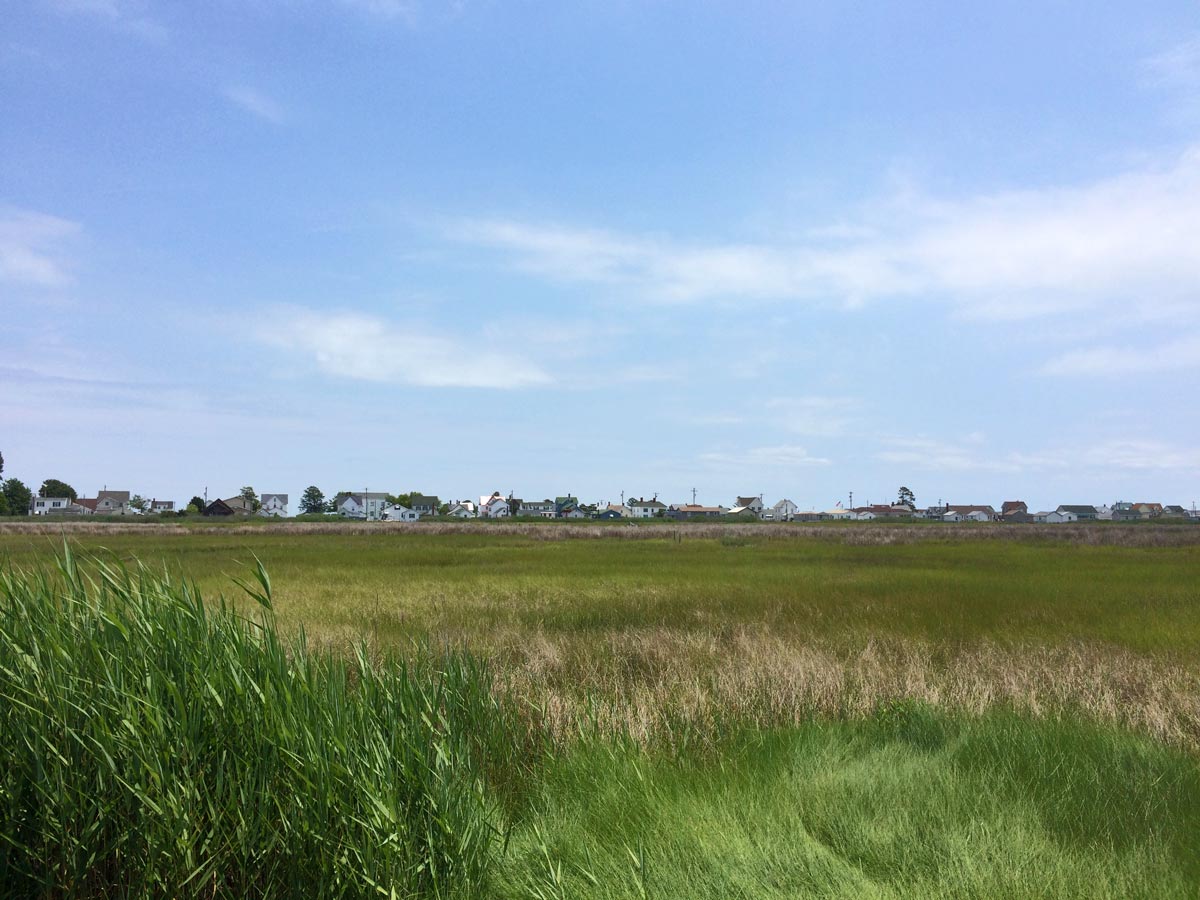
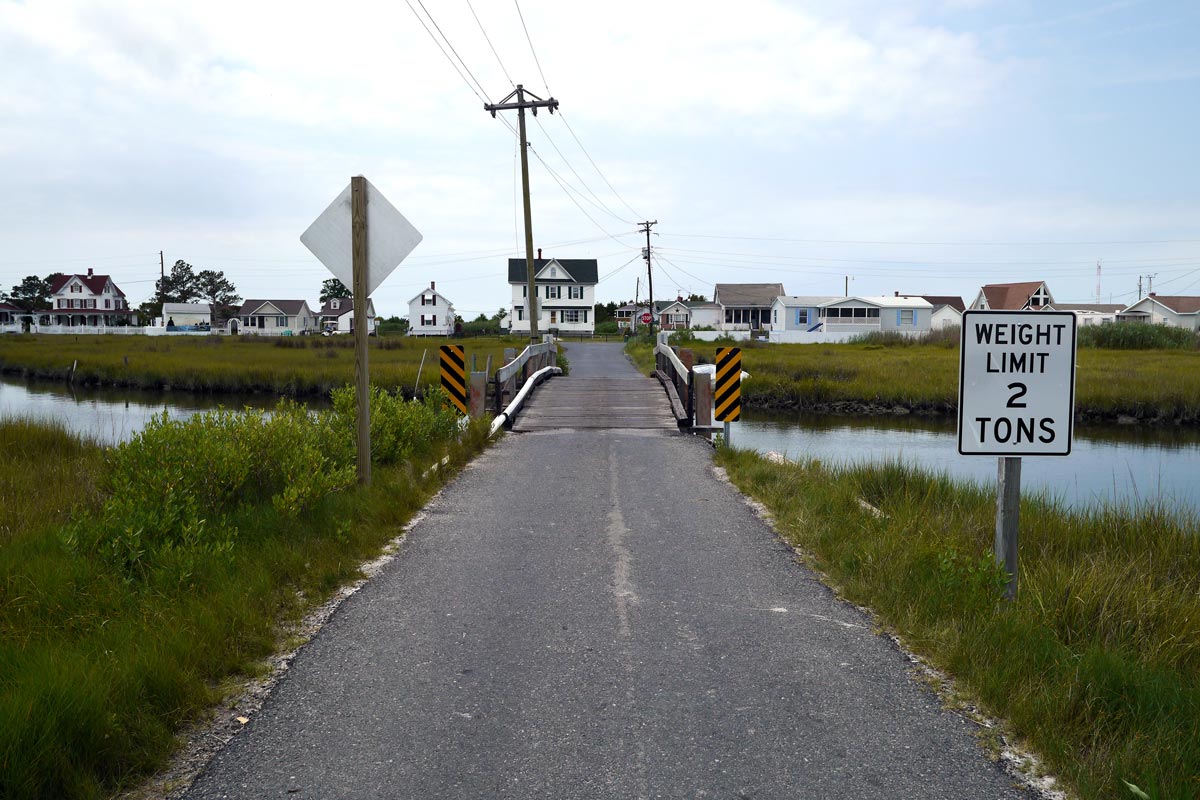
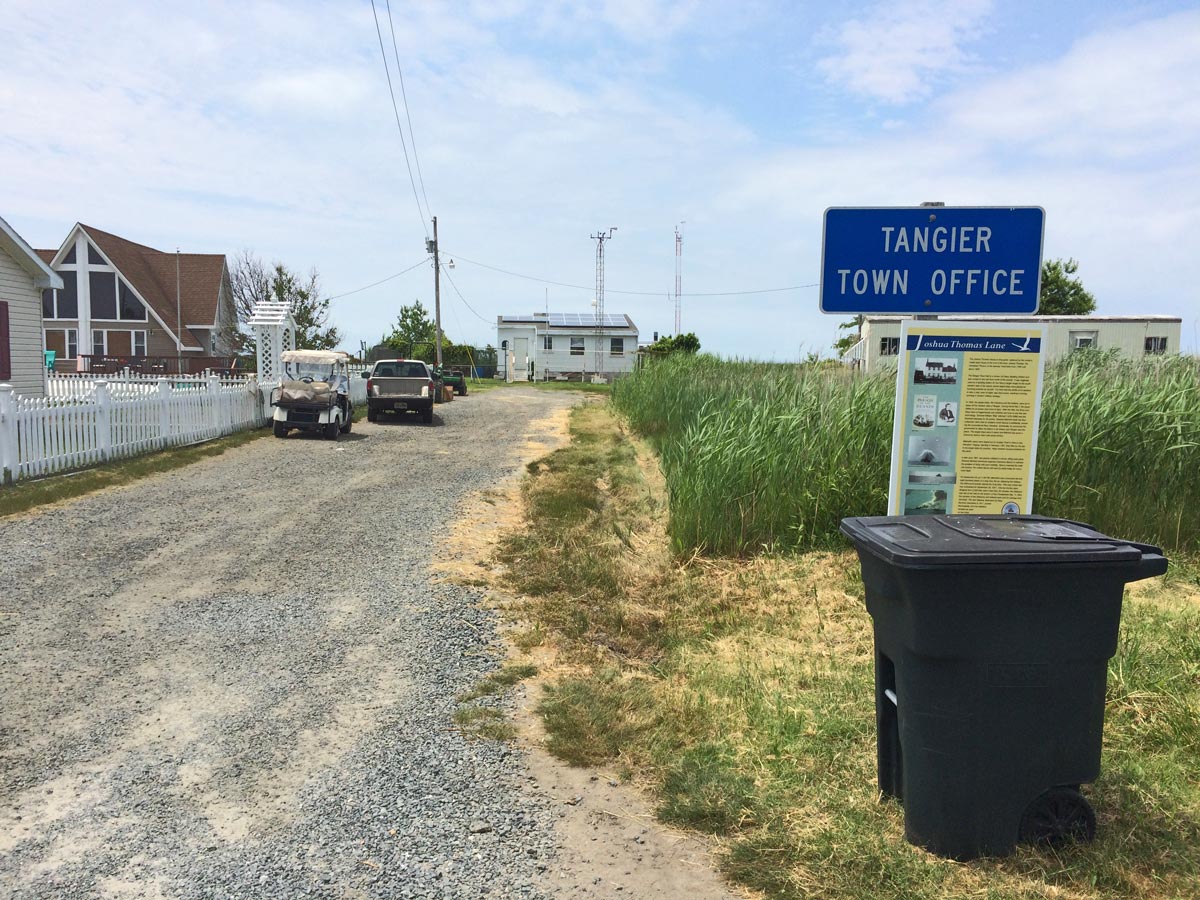
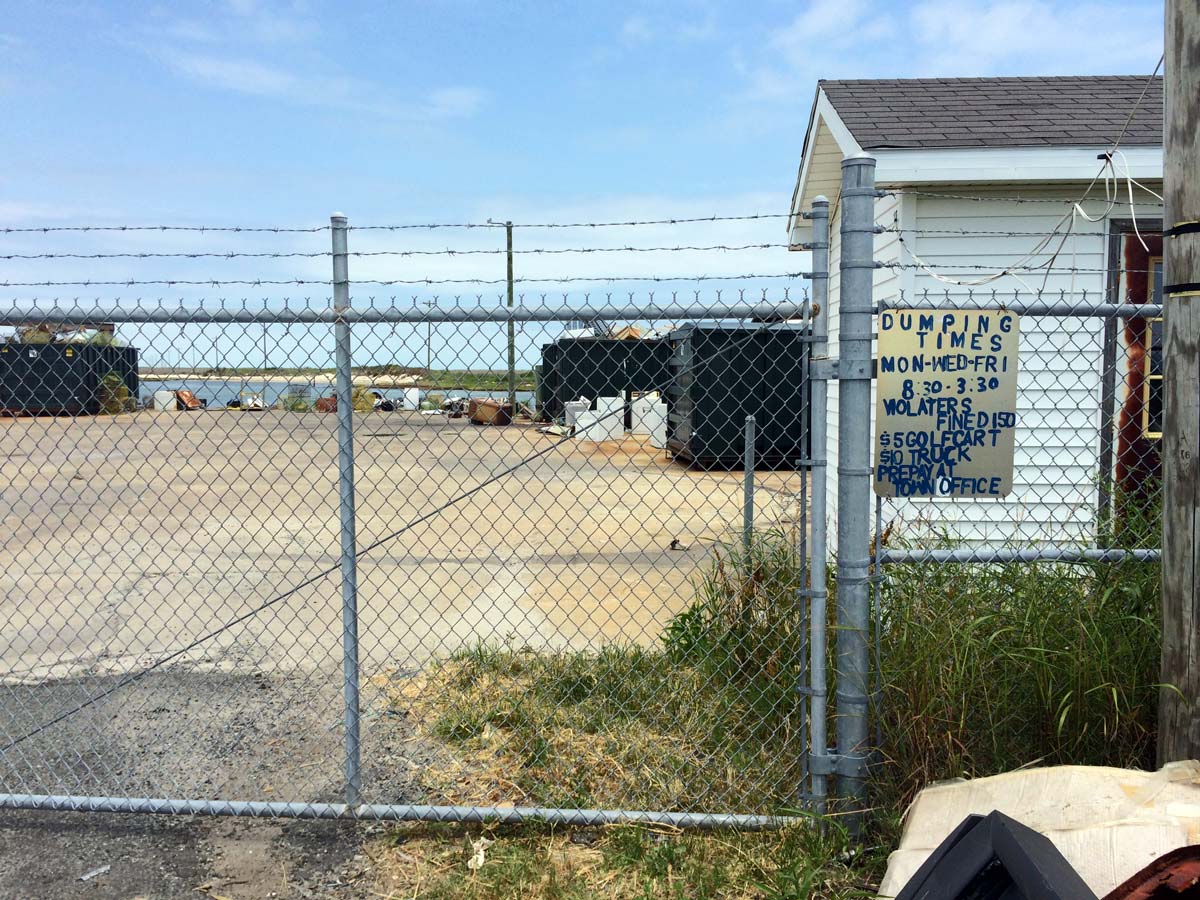
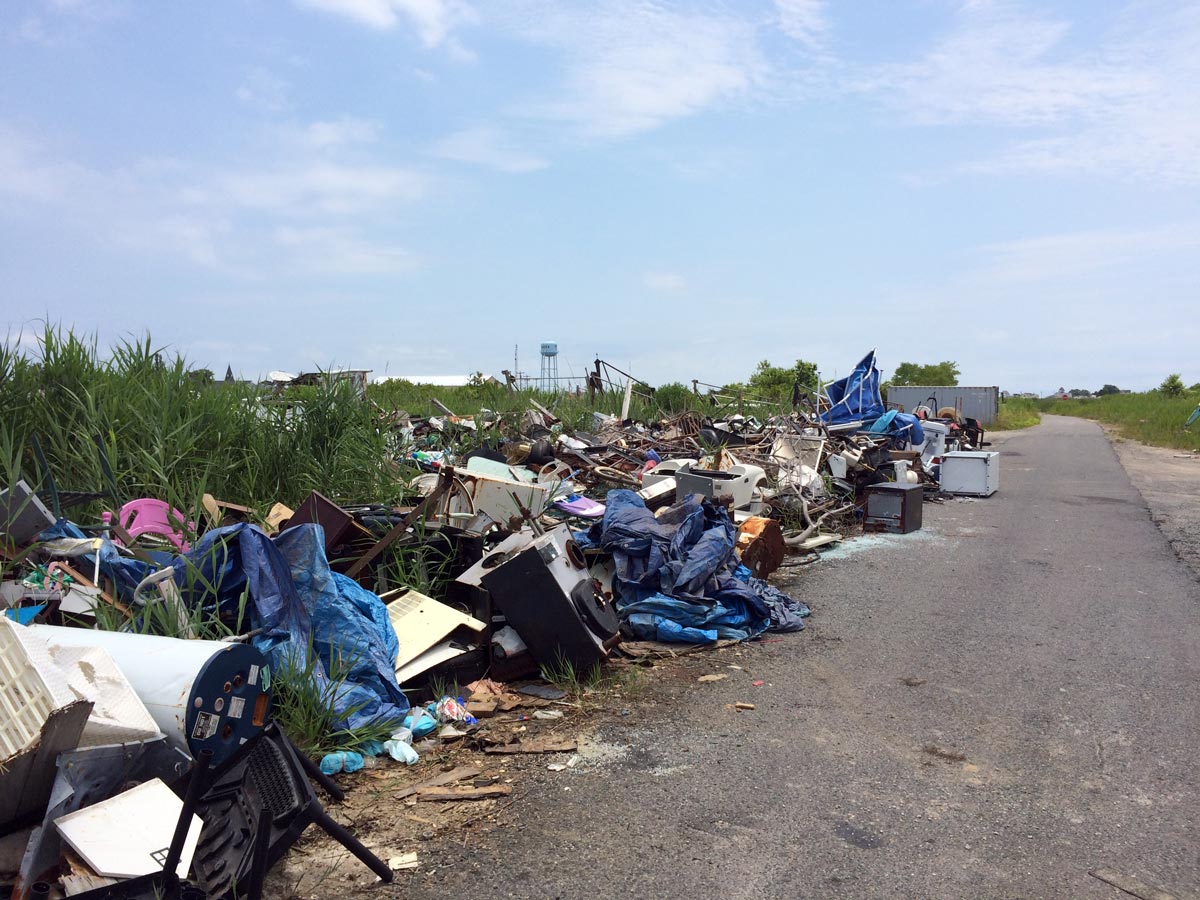
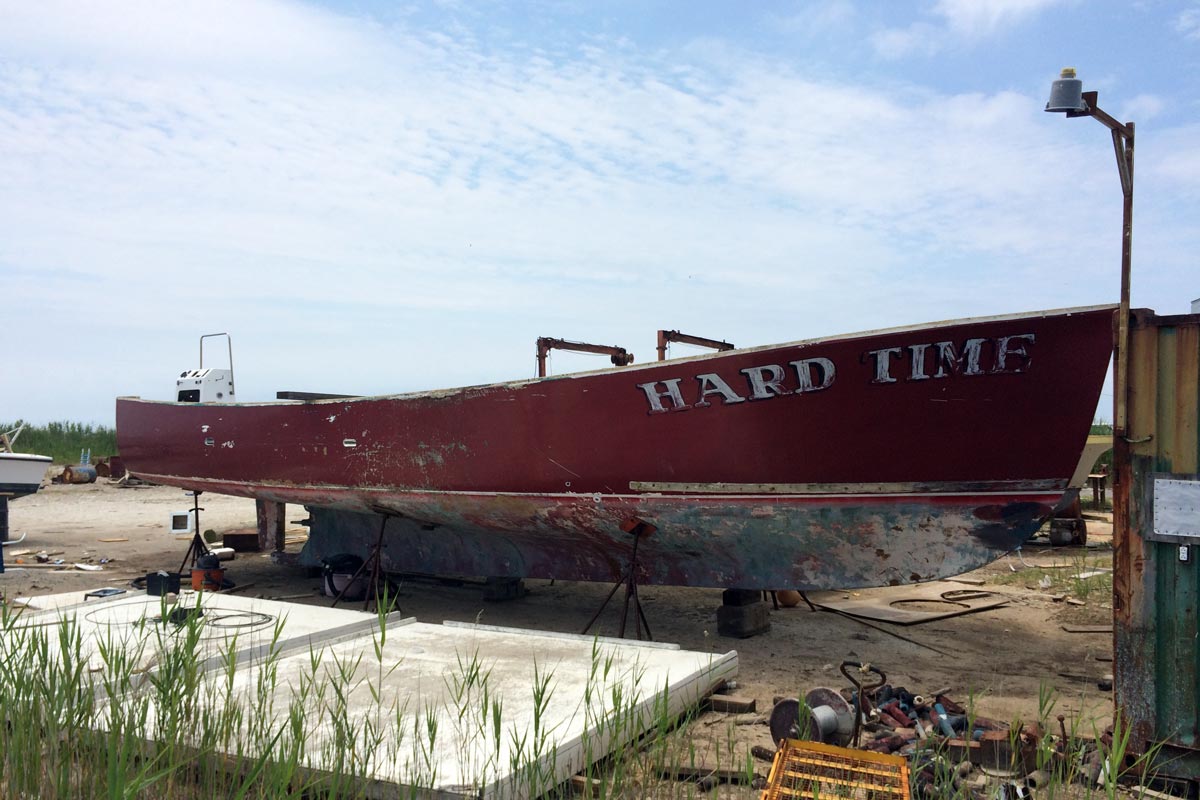
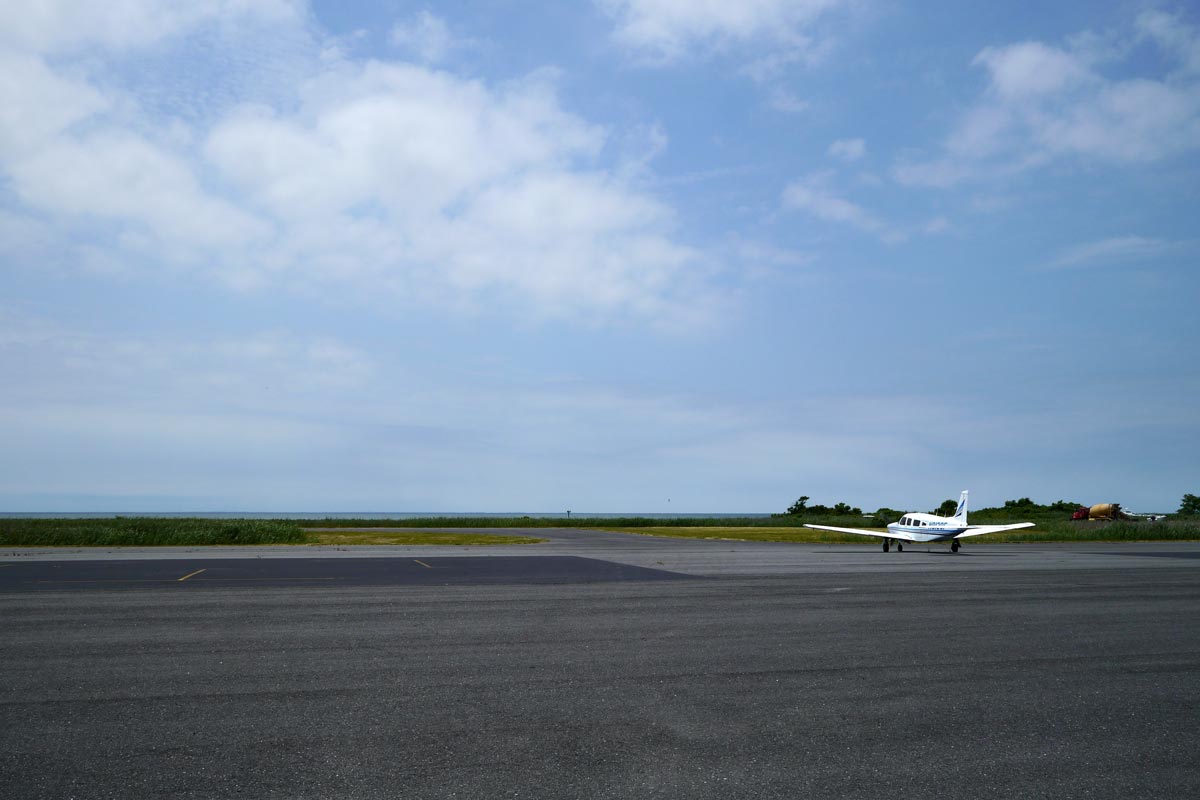
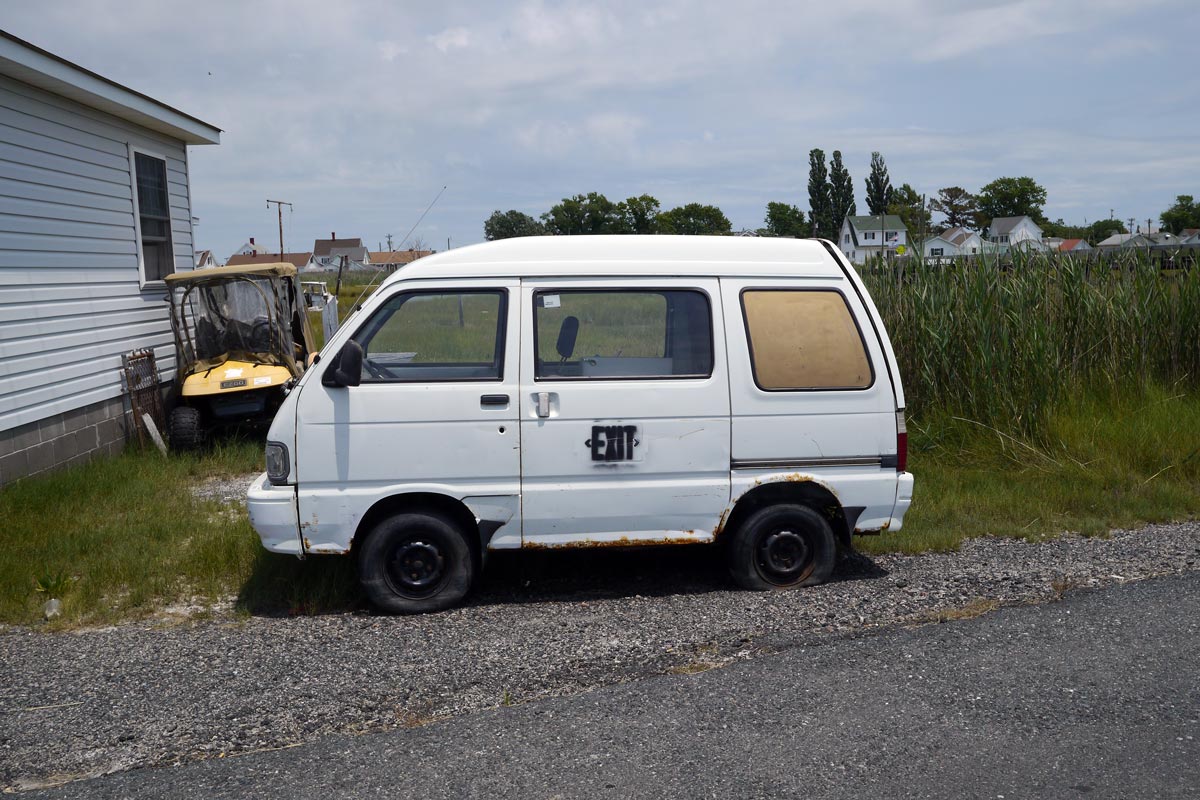
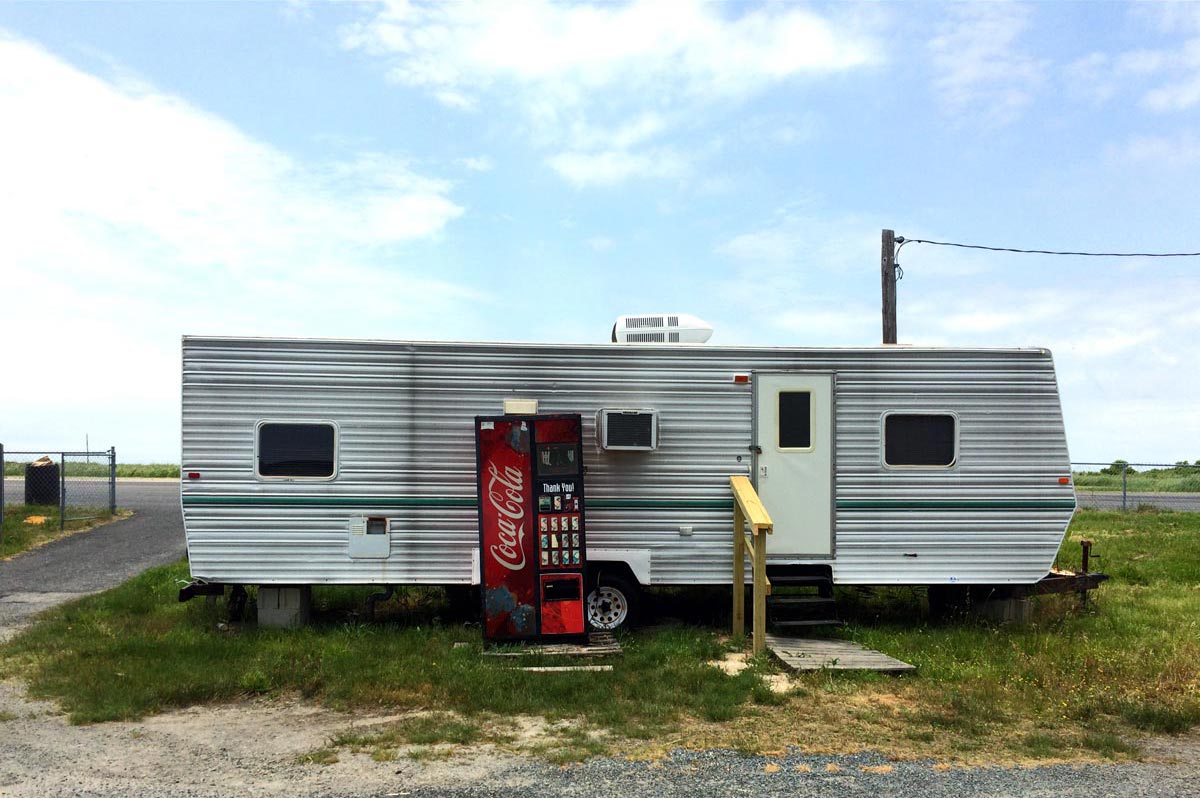
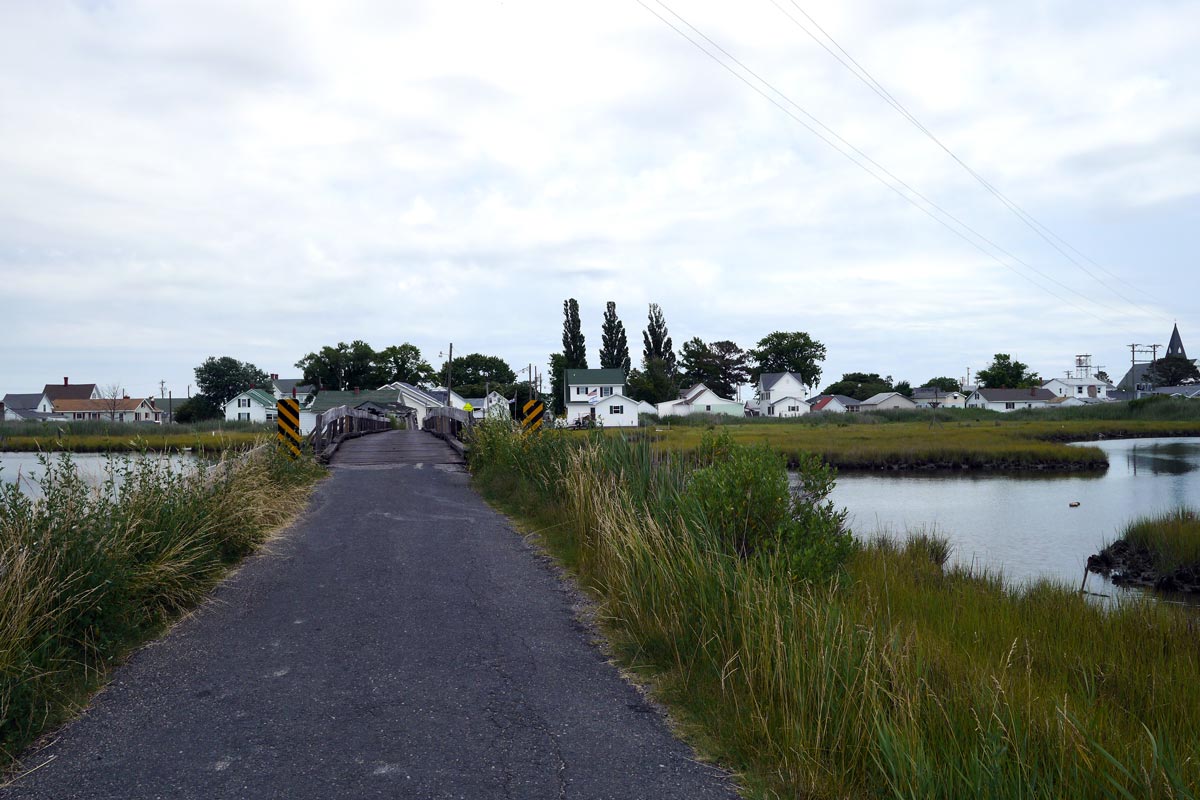
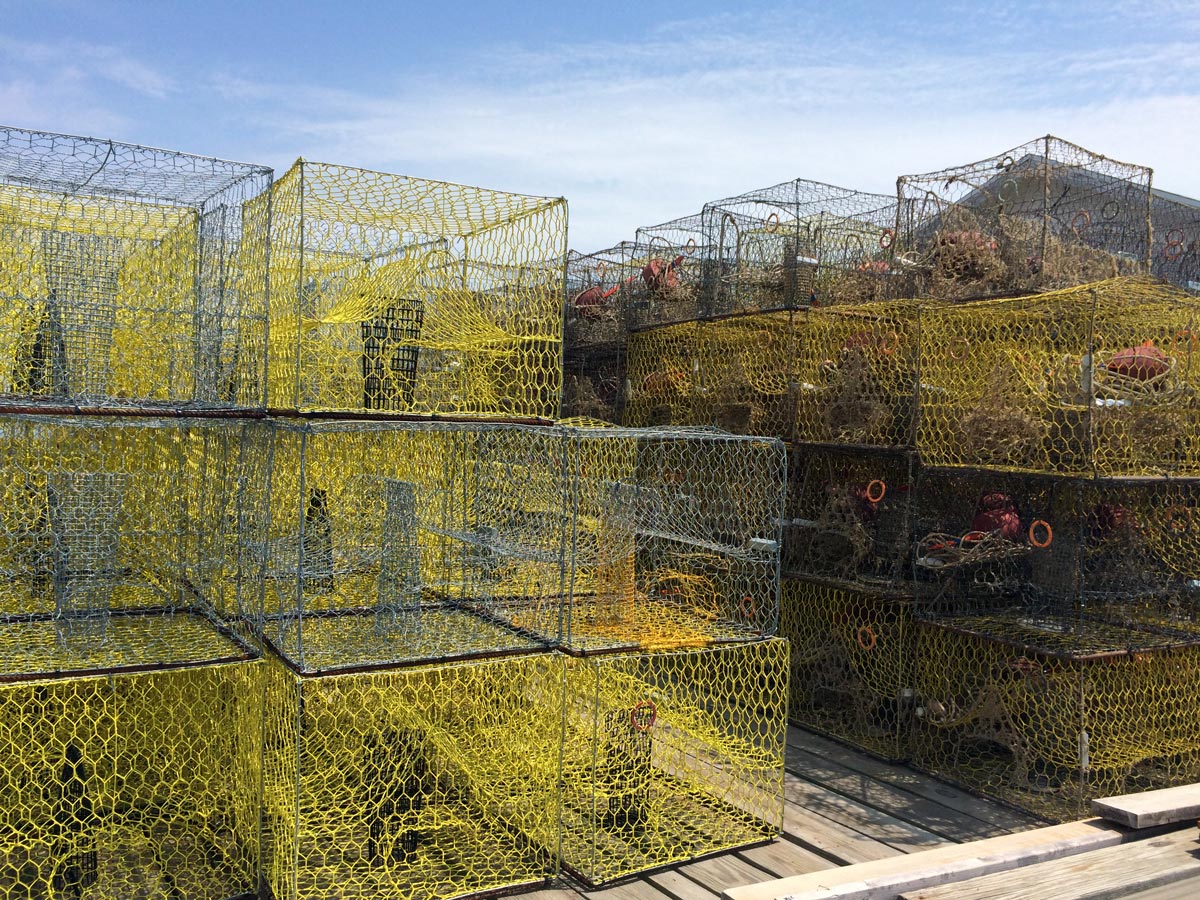
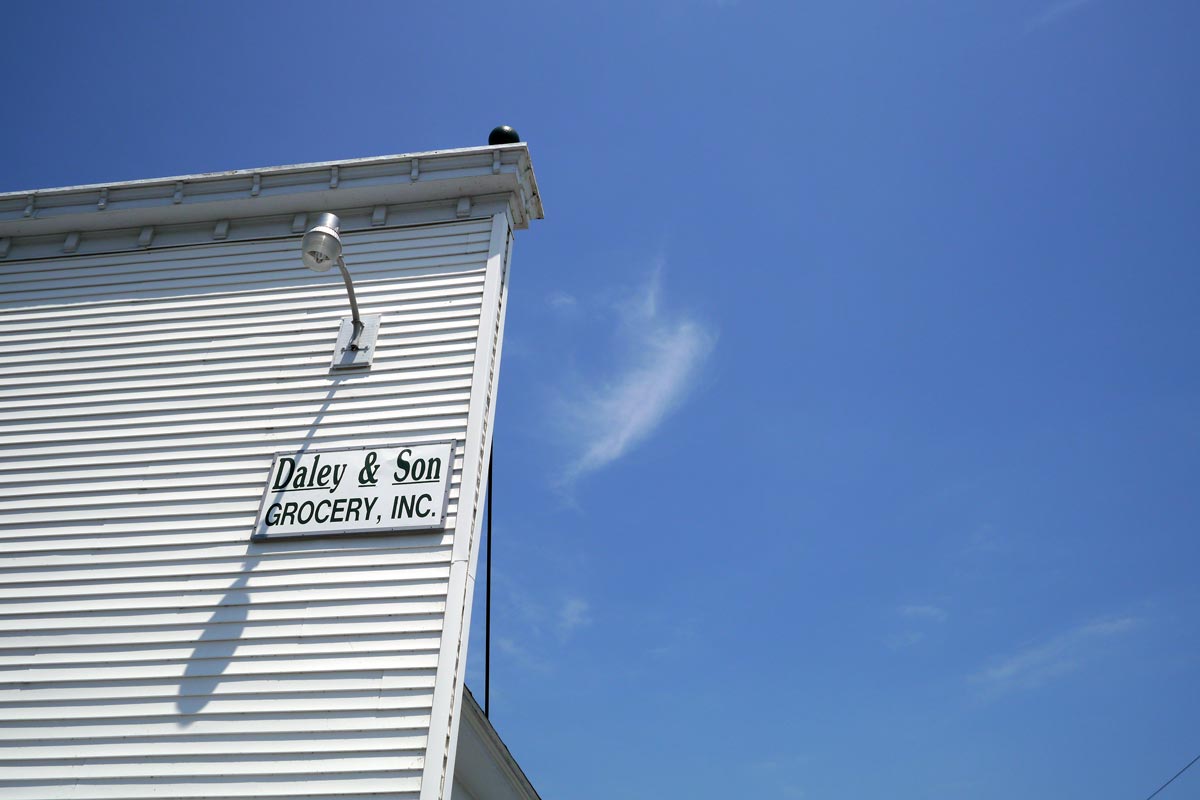
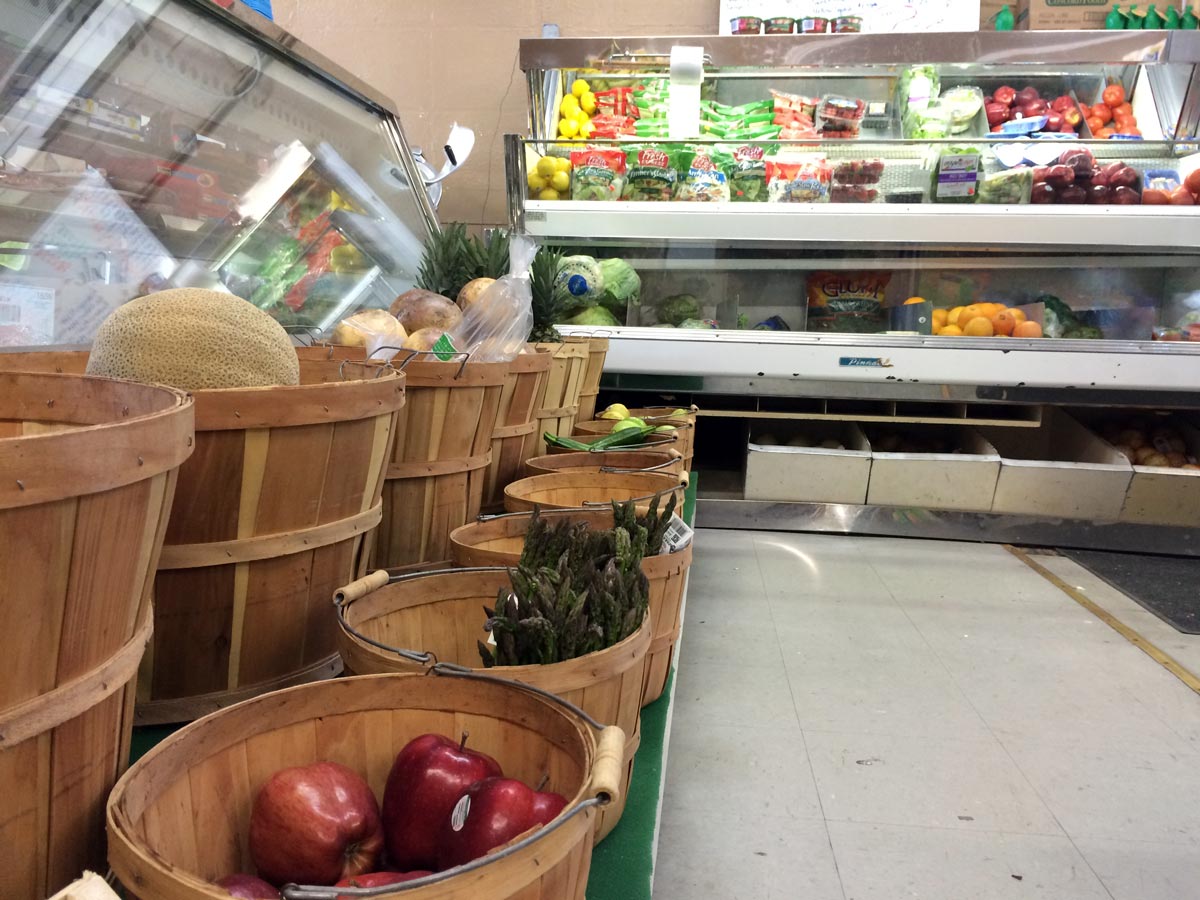
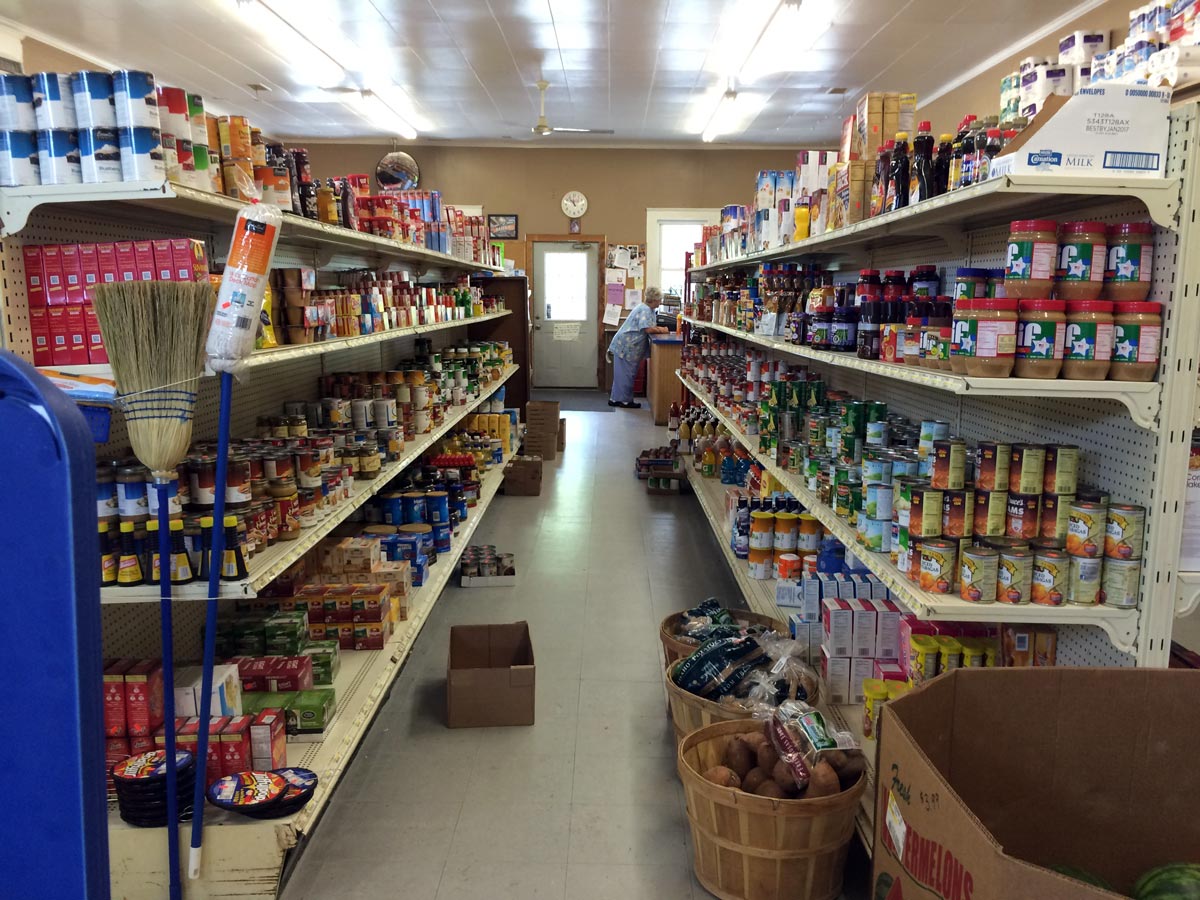
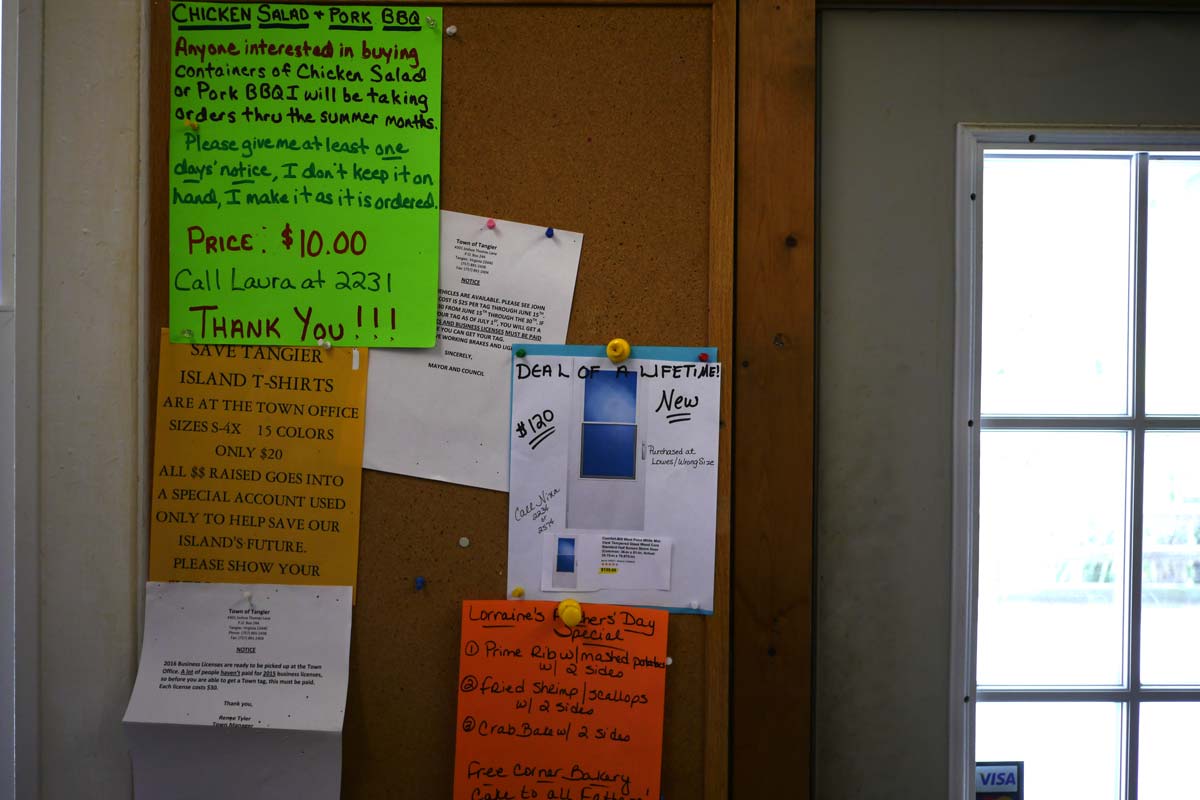
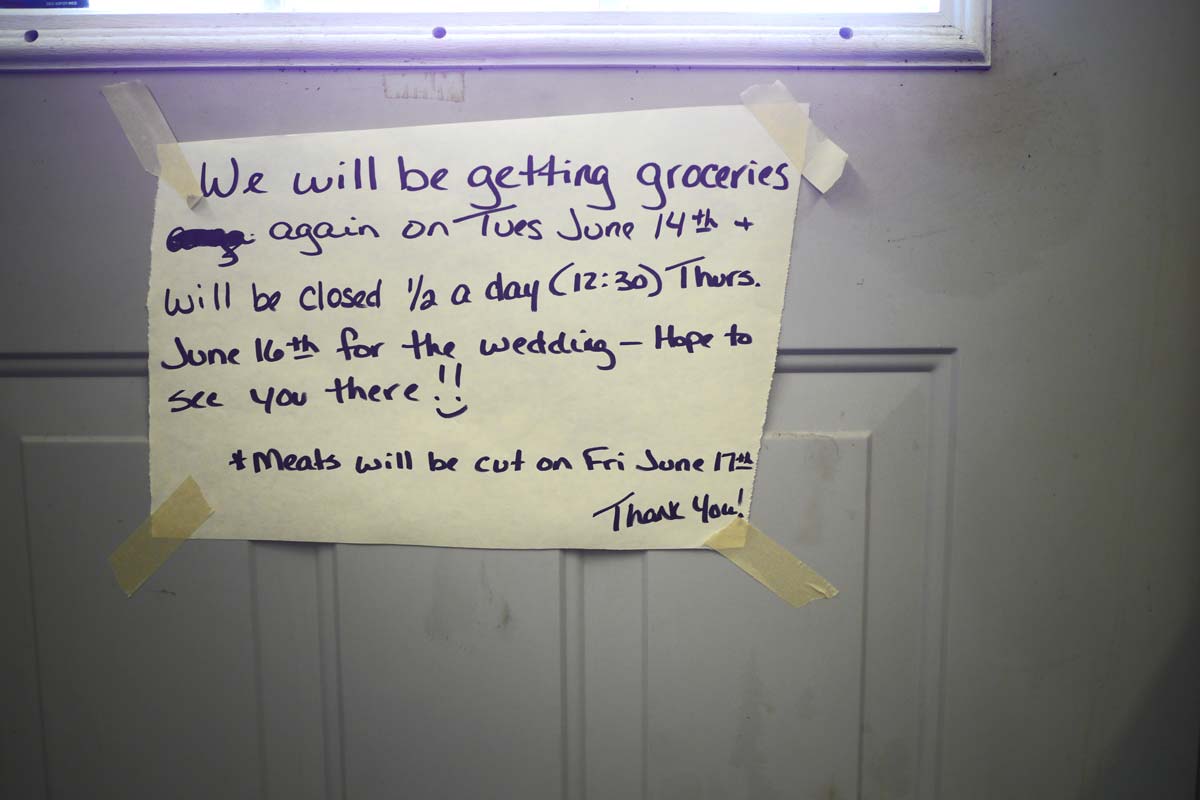
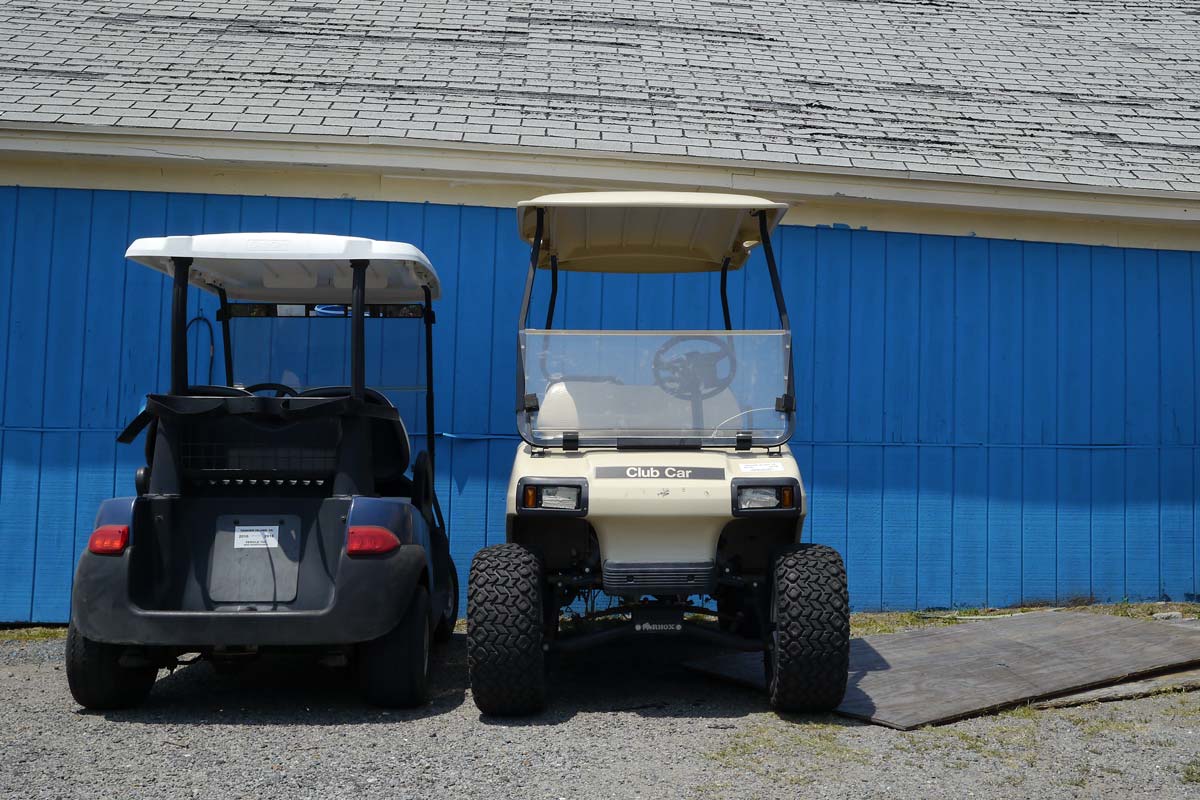
Back in town, I got talking with someone who was about my age. She said that she was born and raised on the island. Had gone away for about 10 years. Has been back for four years now. Her father had died. She was taking care of her mother. I asked her what she likes about living on the island. She said that she likes to get away. “After a while, you get a little tired of it,” she said. She said that she'd like to come here as a visitor, never having seen it before. She wondered what that must be like.
What did she like about going to shore? Being able to get in her car and drive everywhere. Going someplace and not having anybody know who you are. Being anonymous. I mentioned that the small town life must be safe. She agreed. It was a great place for kids. Everybody watches each other's kids. Everybody knows everybody. Nobody gets into trouble because everybody knows who everybody is.
I asked her about going to school there. She said the graduating class at the high school was eight students this year. Most were going away to college. Some were going to work on tugboats or shipping. Some to the military. I think she said two went to military from last year. Eight in a graduating class is pretty big. One year they had one. One year they had 16, which was unprecedented.
She seemed to know her stuff, so I digressed completely and asked her if she had seen waves there. “Oh, yeah.” I asked her how big. “Big ones. Over my head.” That sounded promising. I asked if she had ever seen anyone surf. “No.” It was as simple as that, with little more to say. A flatly ridiculous prospect. I'm sure I looked at least a little self-amused, but no harm done…
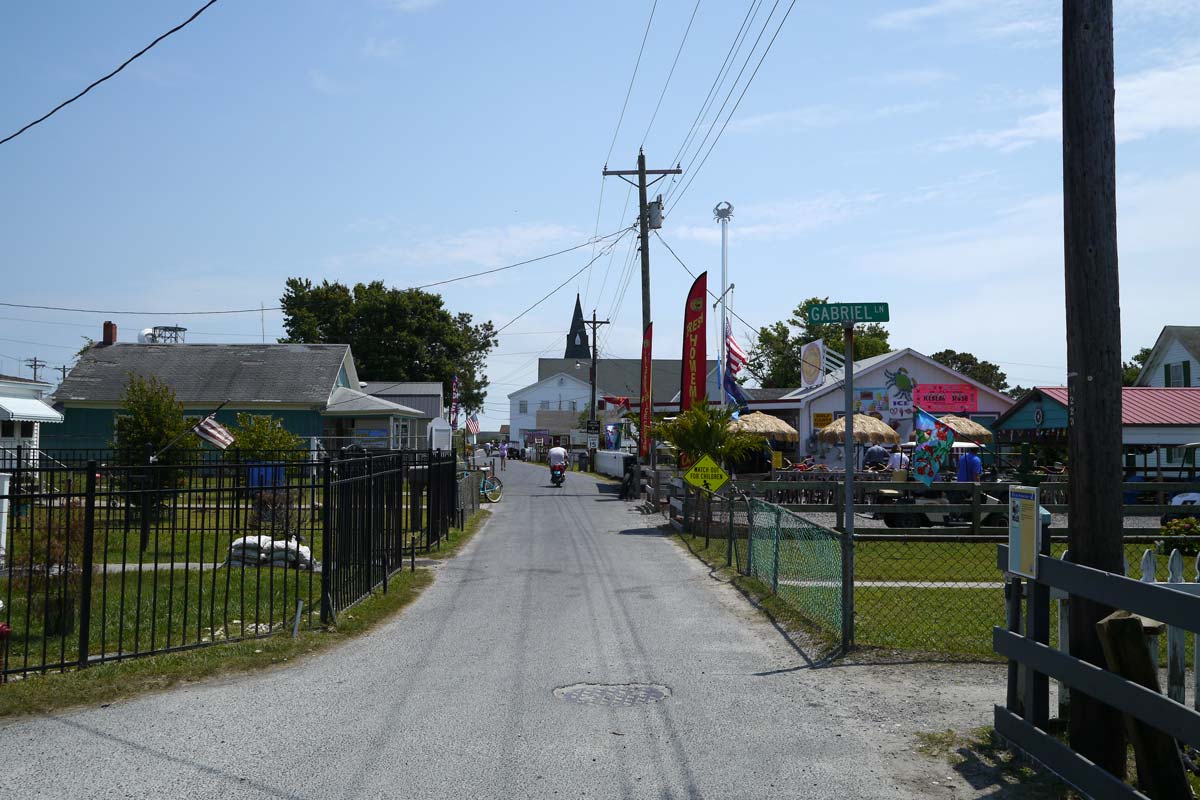
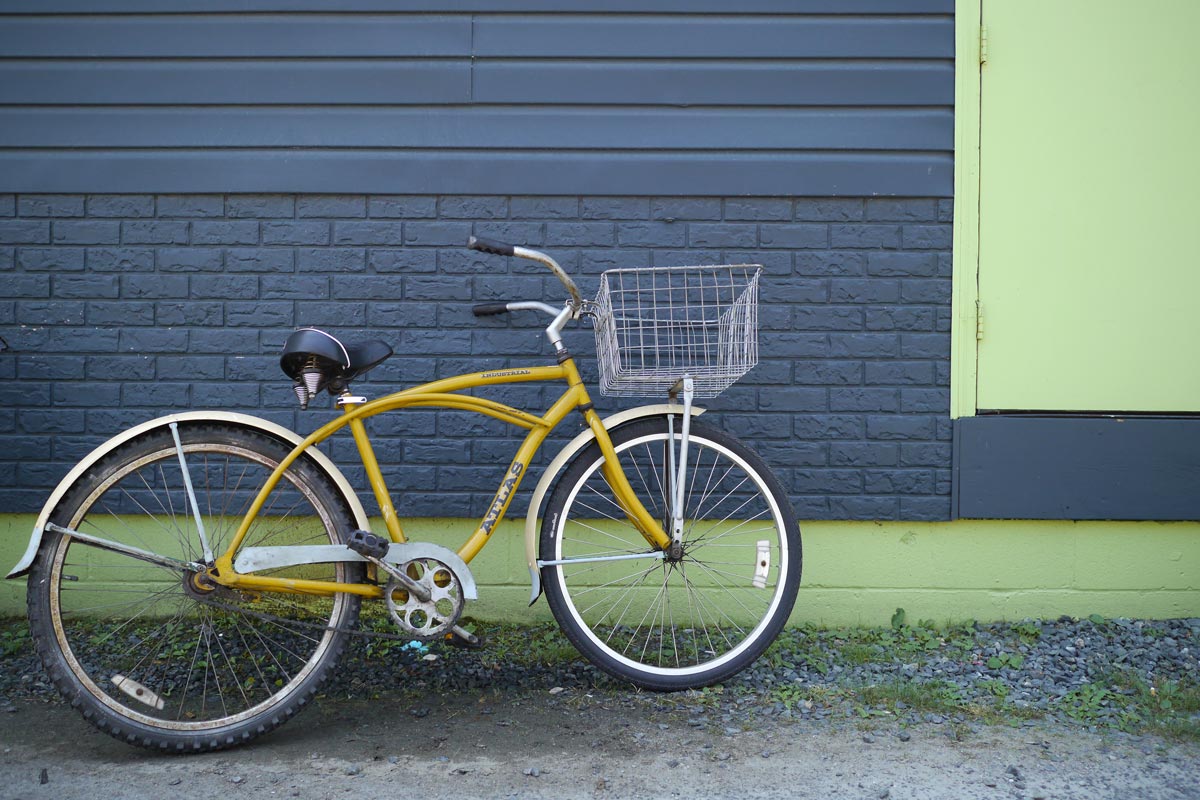
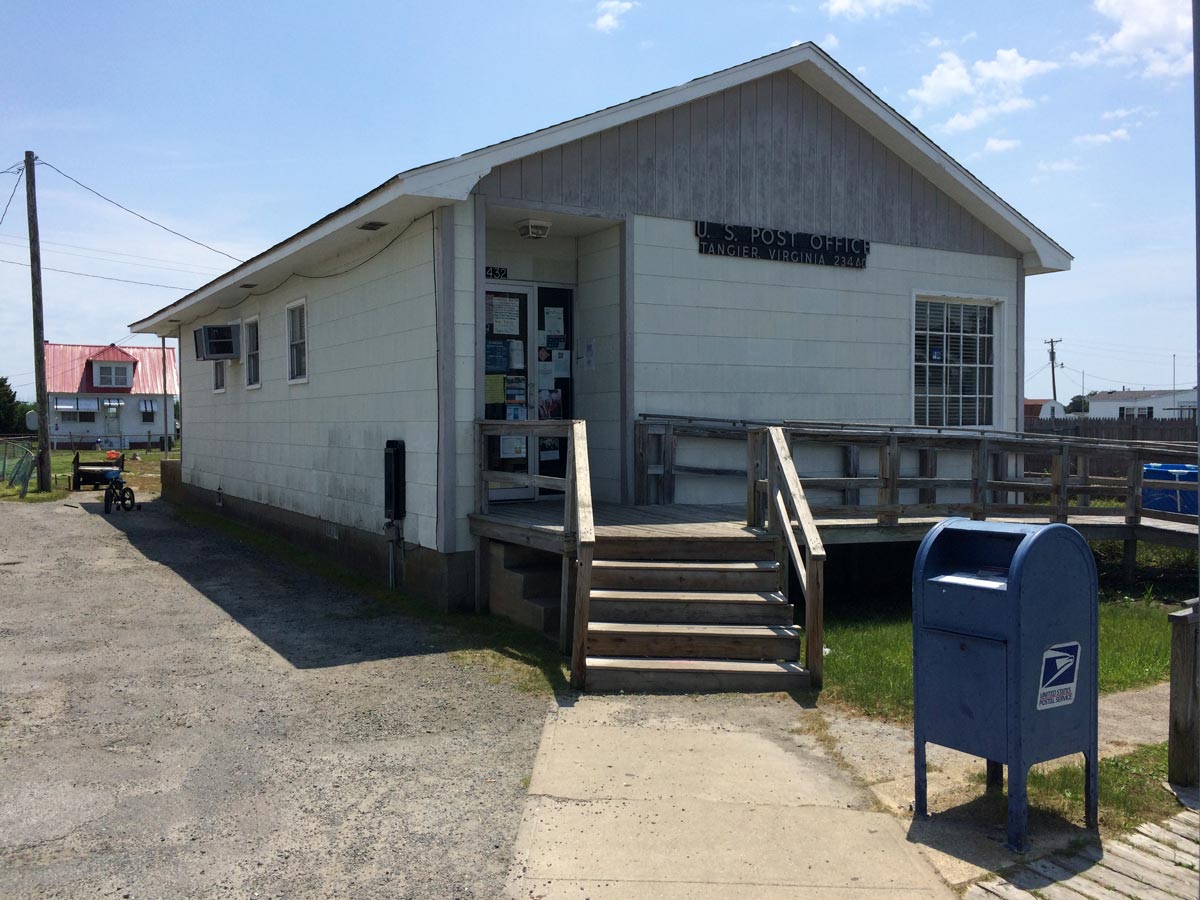
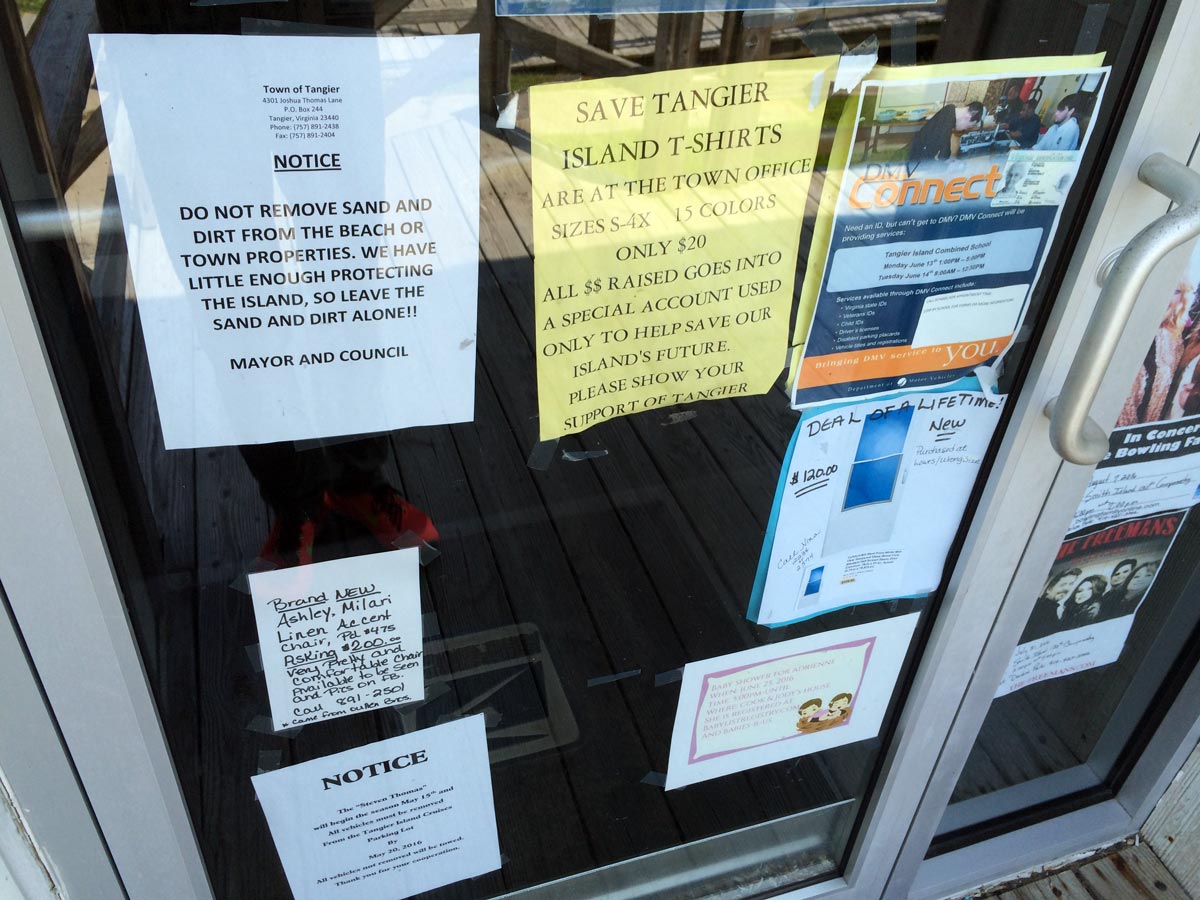
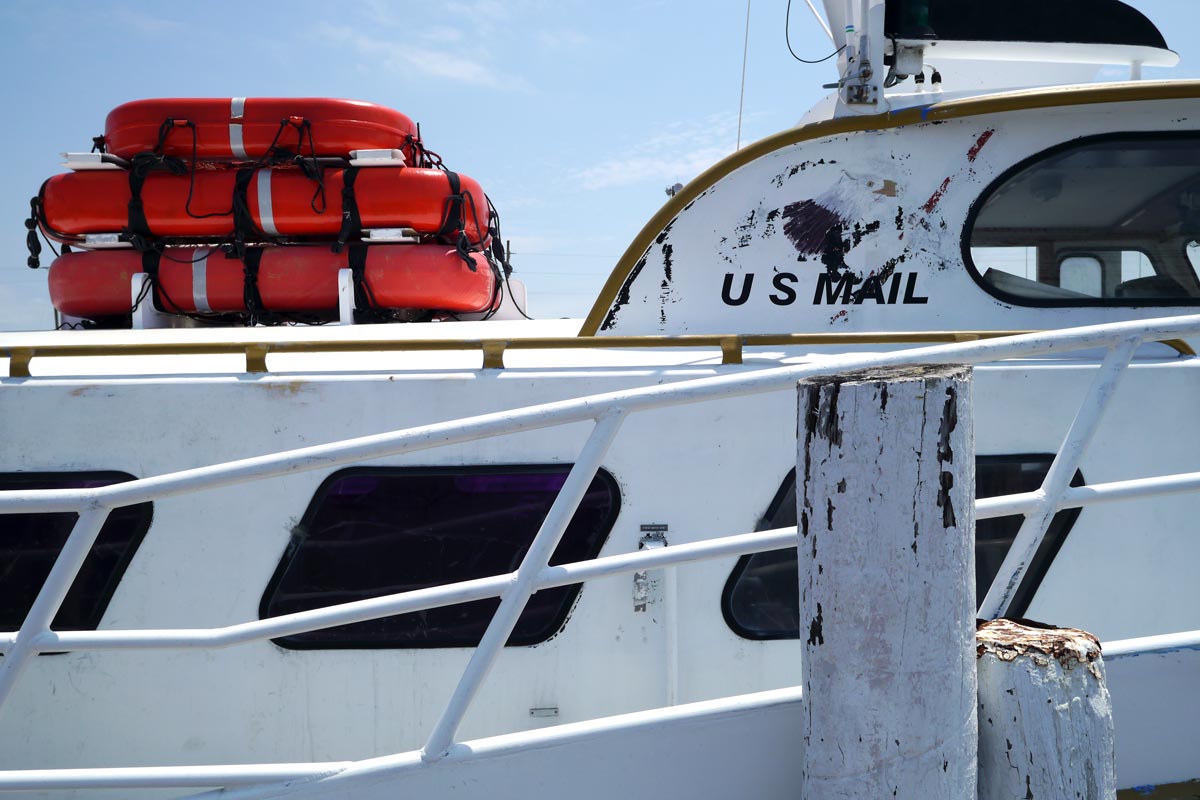
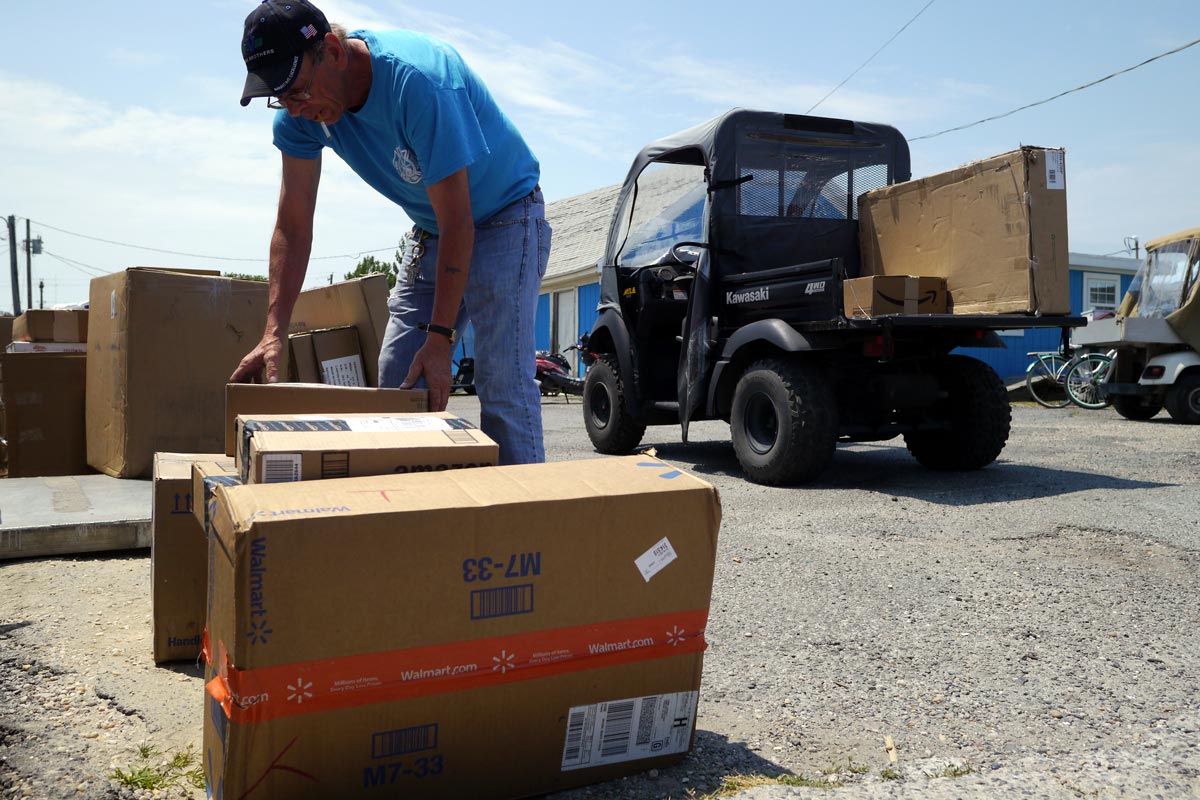
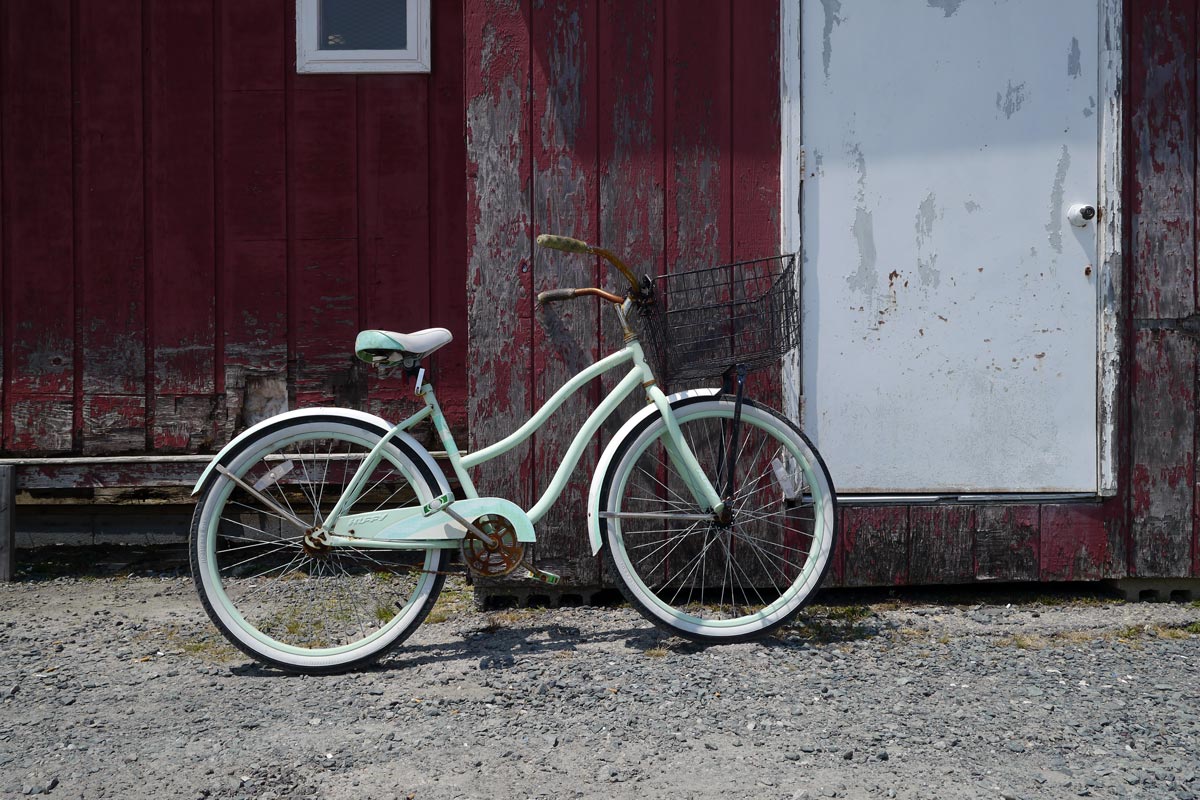
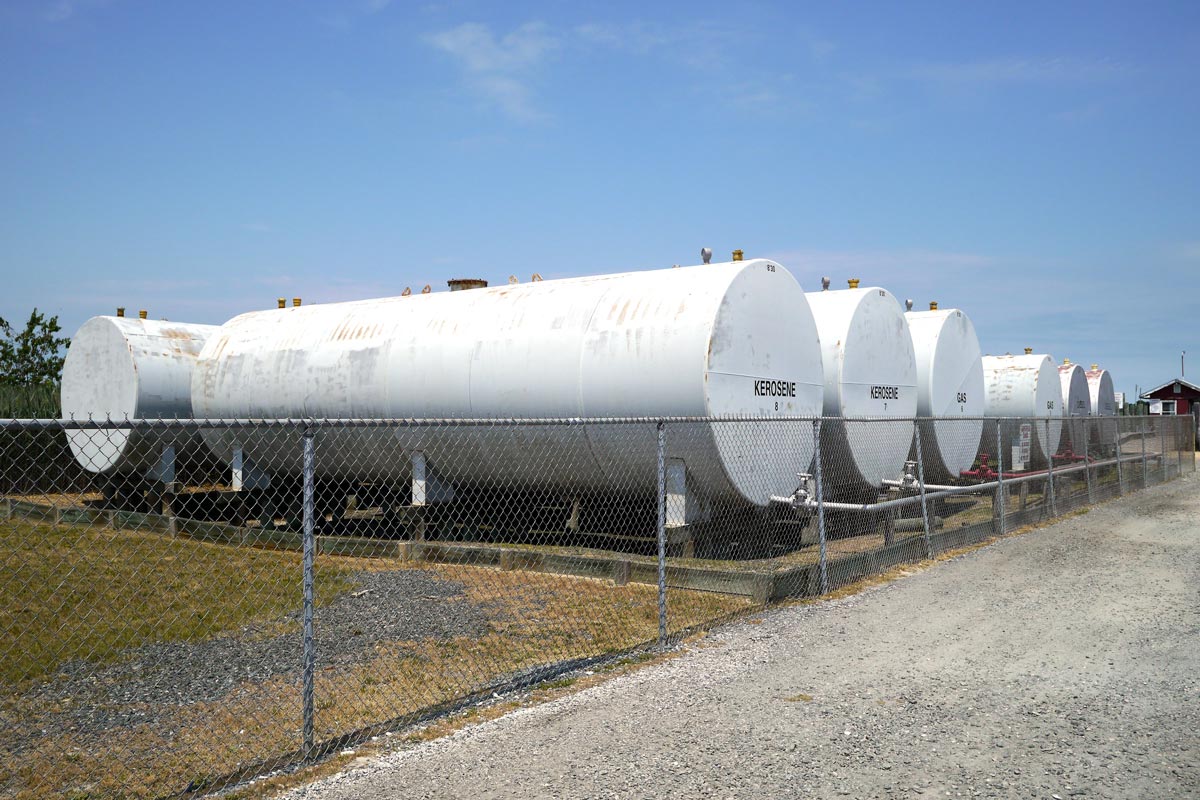
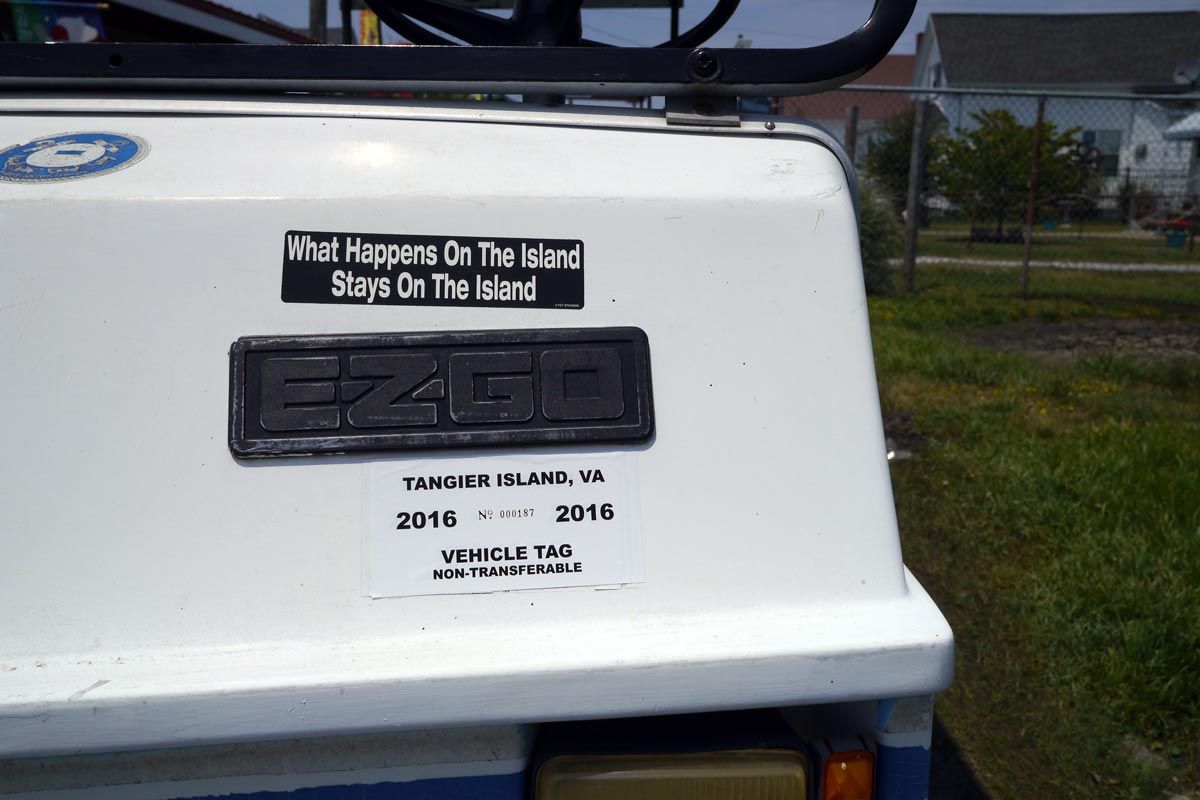
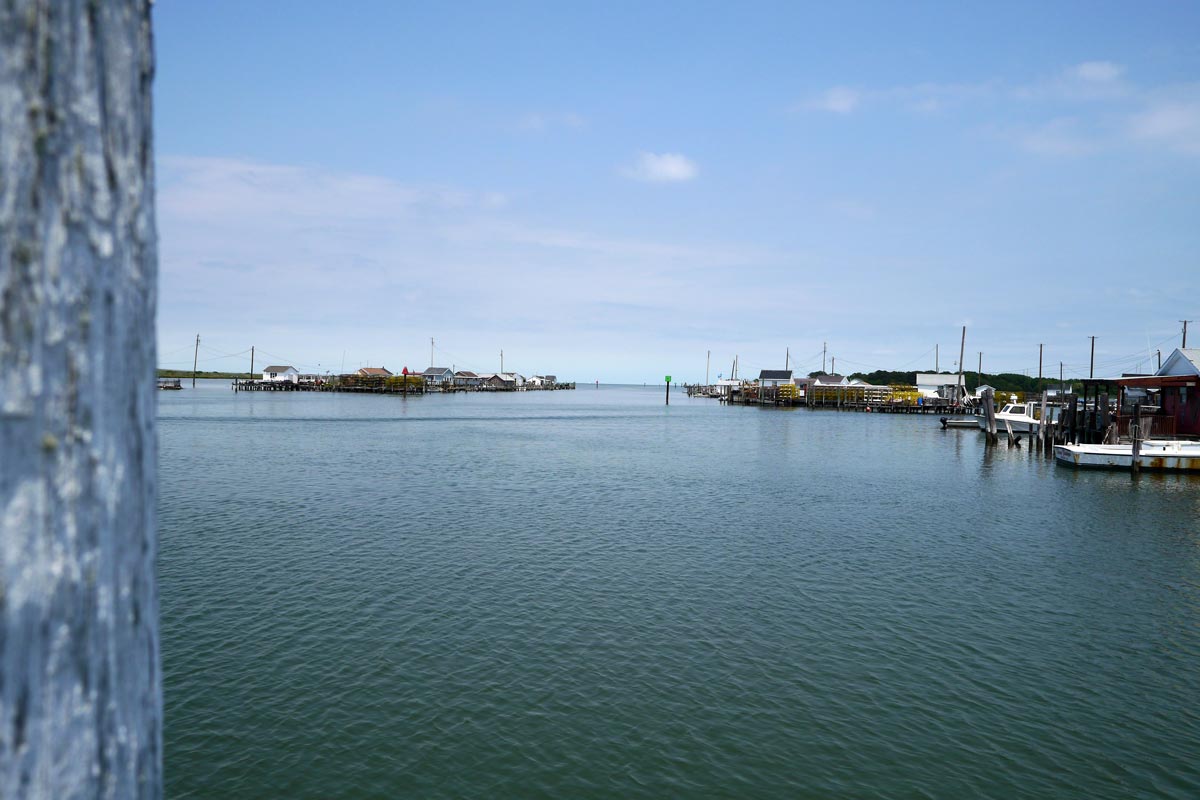
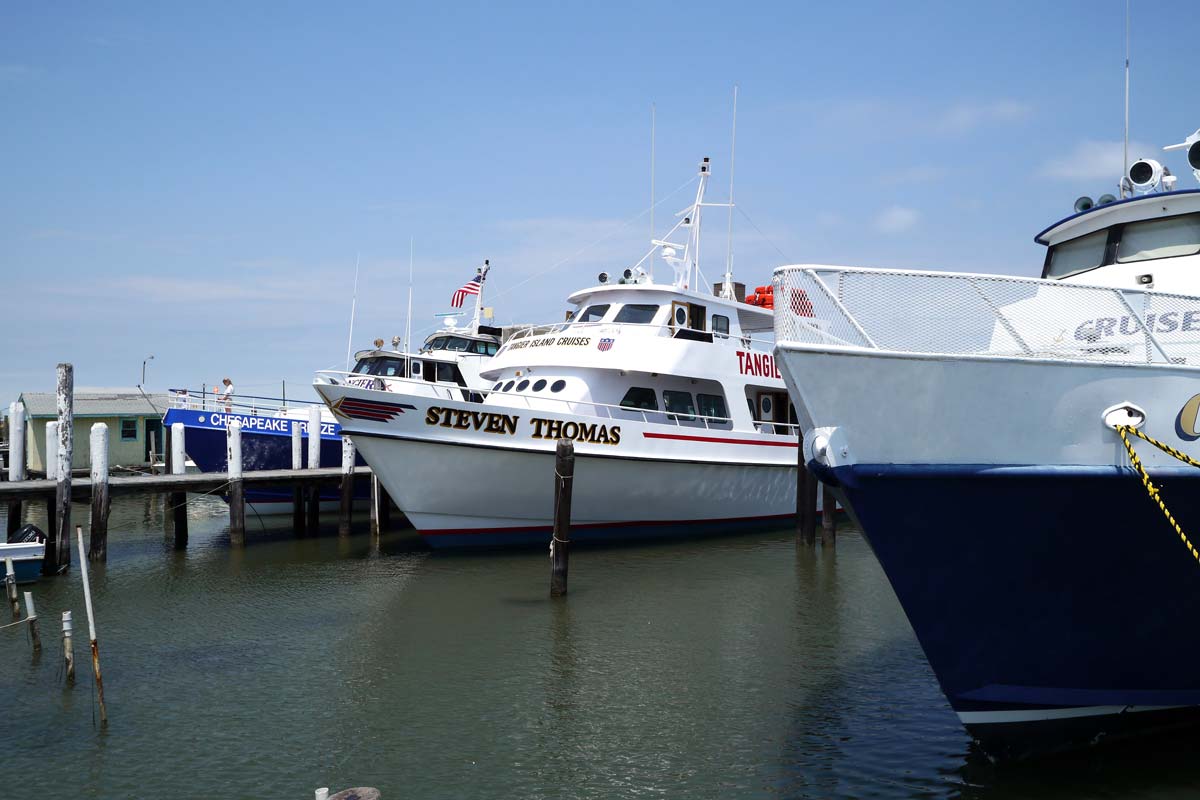
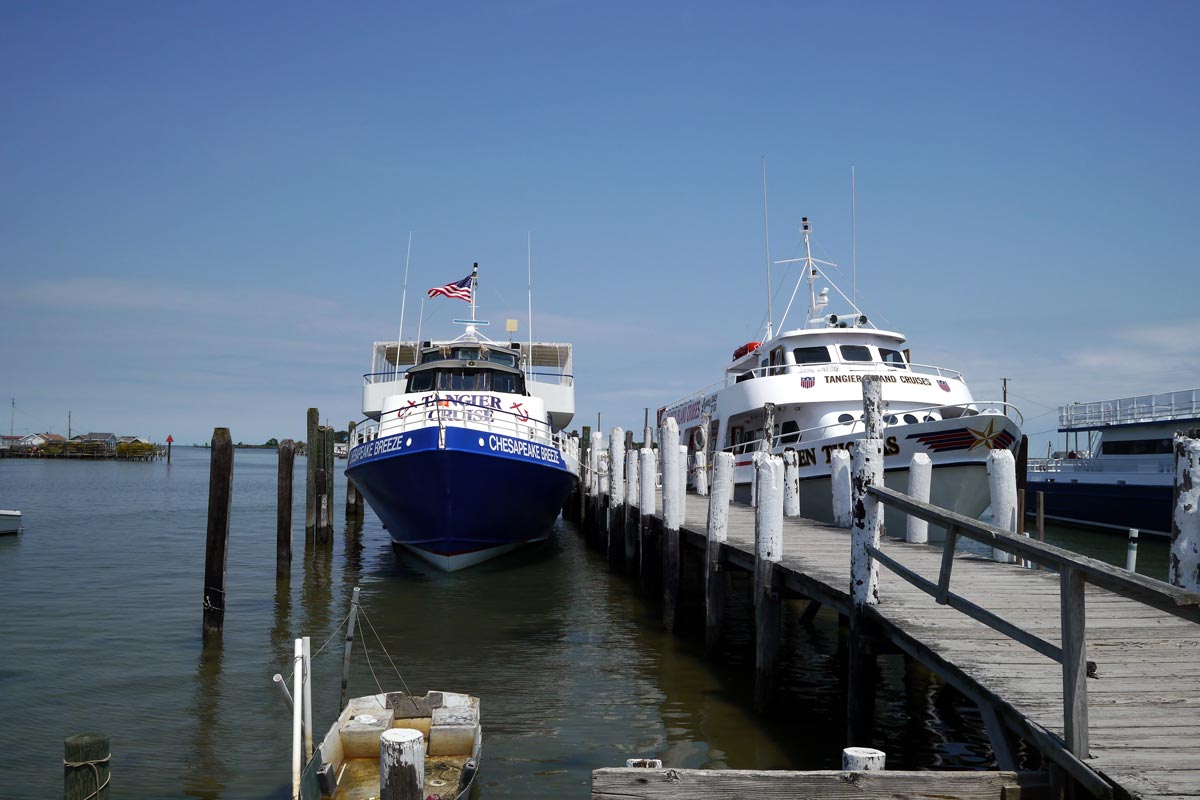
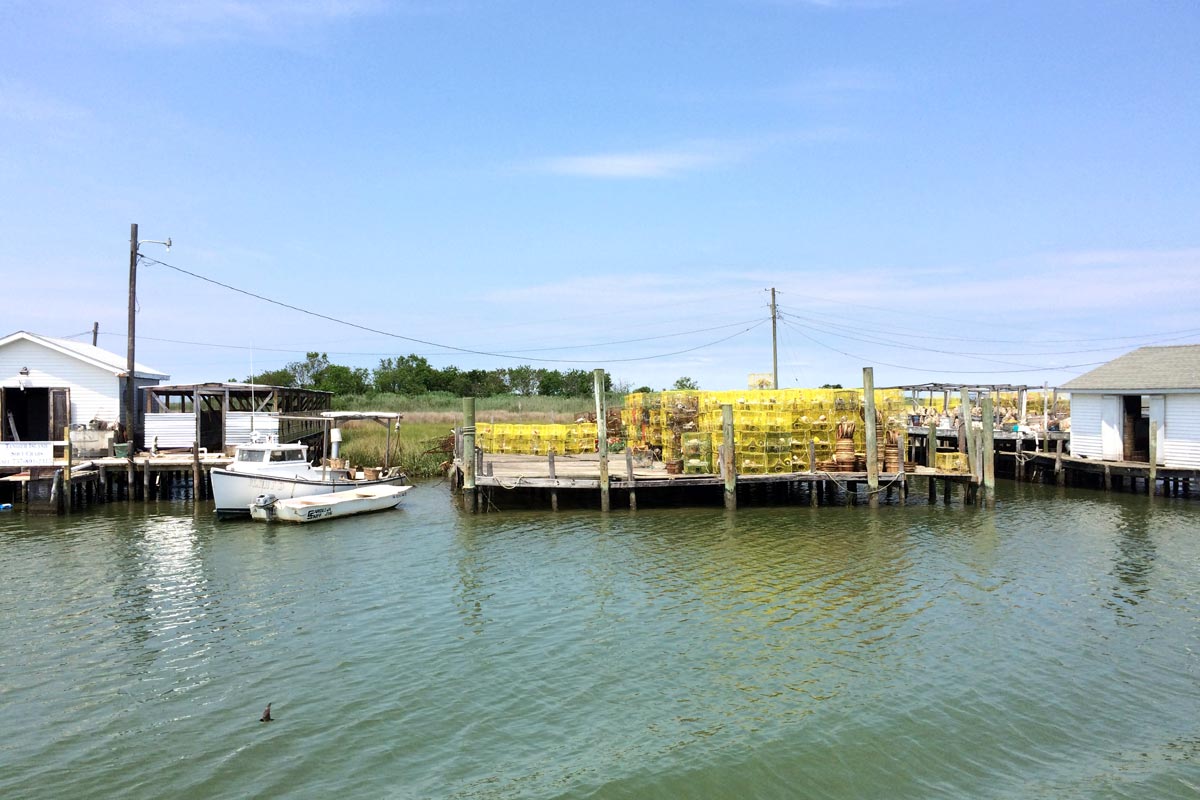
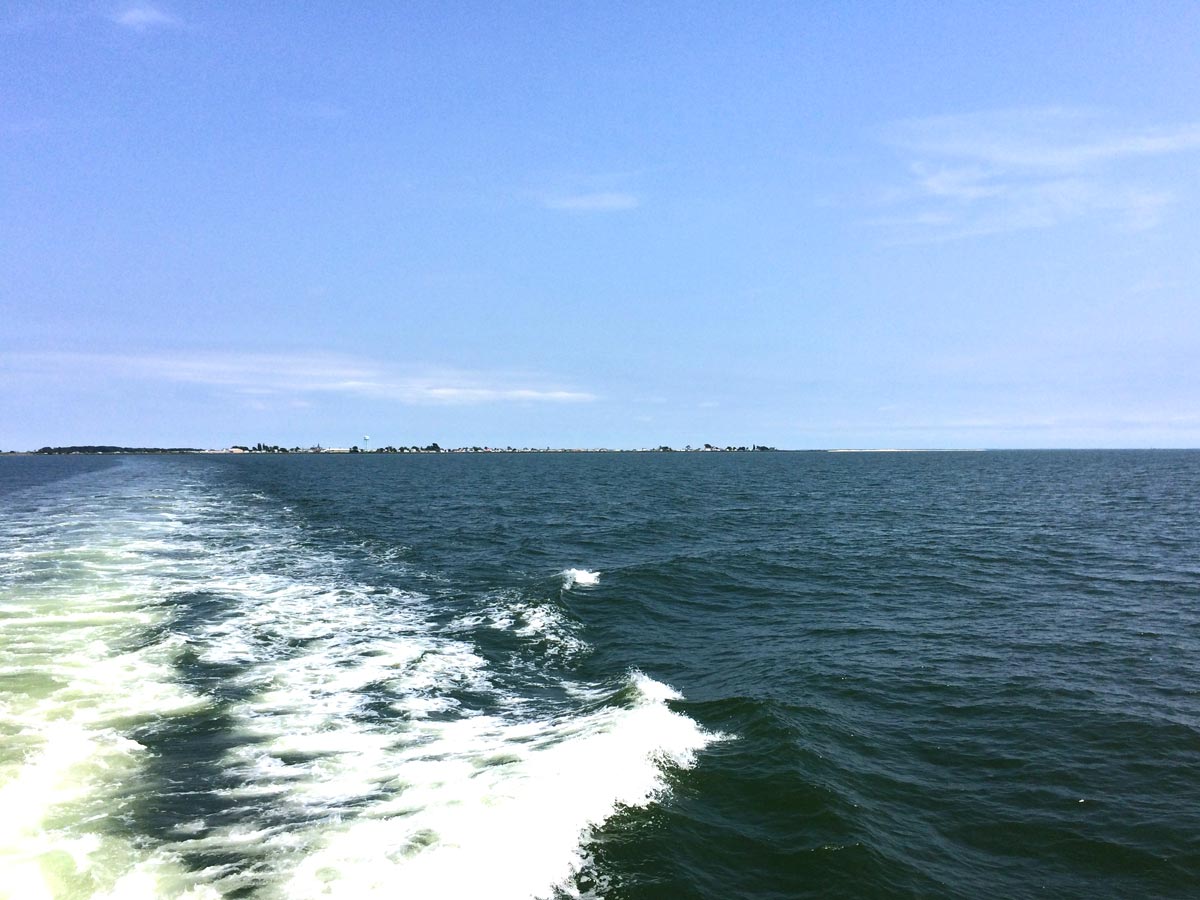
On the way back, I got talking again with the guy who had been sailing from Annapolis. I asked him about sailing on the Chesapeake, if he'd experienced any rough weather out there. He said that he has had waves breaking over the bow of his boat up to the mast, which was pretty big. I posed the question of surfing on Tangier. He said no. All wind waves. Not surfable. He said that the weather gets pretty rough out there, though, recounting that James Cook, the 18th-century sea captain and explorer, said that his worst day of sailing anywhere in the world was in the Chesapeake Bay during a summer storm. Or at least that's how the story goes.
I got talking with another guy who had gone there about 30 years ago and went back on this day with his wife. I asked him how it was. He said he enjoyed it. I asked him what was different from the last time he had been there. He said not much. Maybe more golf carts. He said it's basically the same as it always was.
Same as it always was. These days, that's something to value.
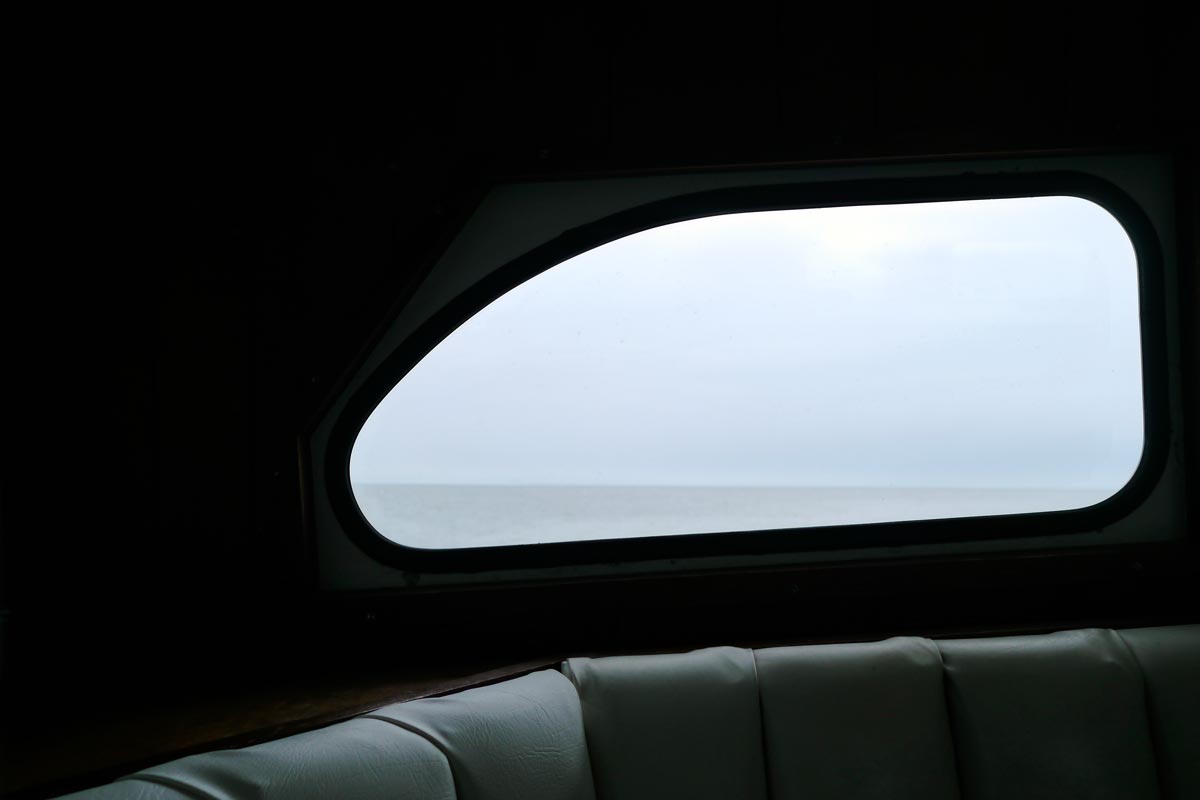
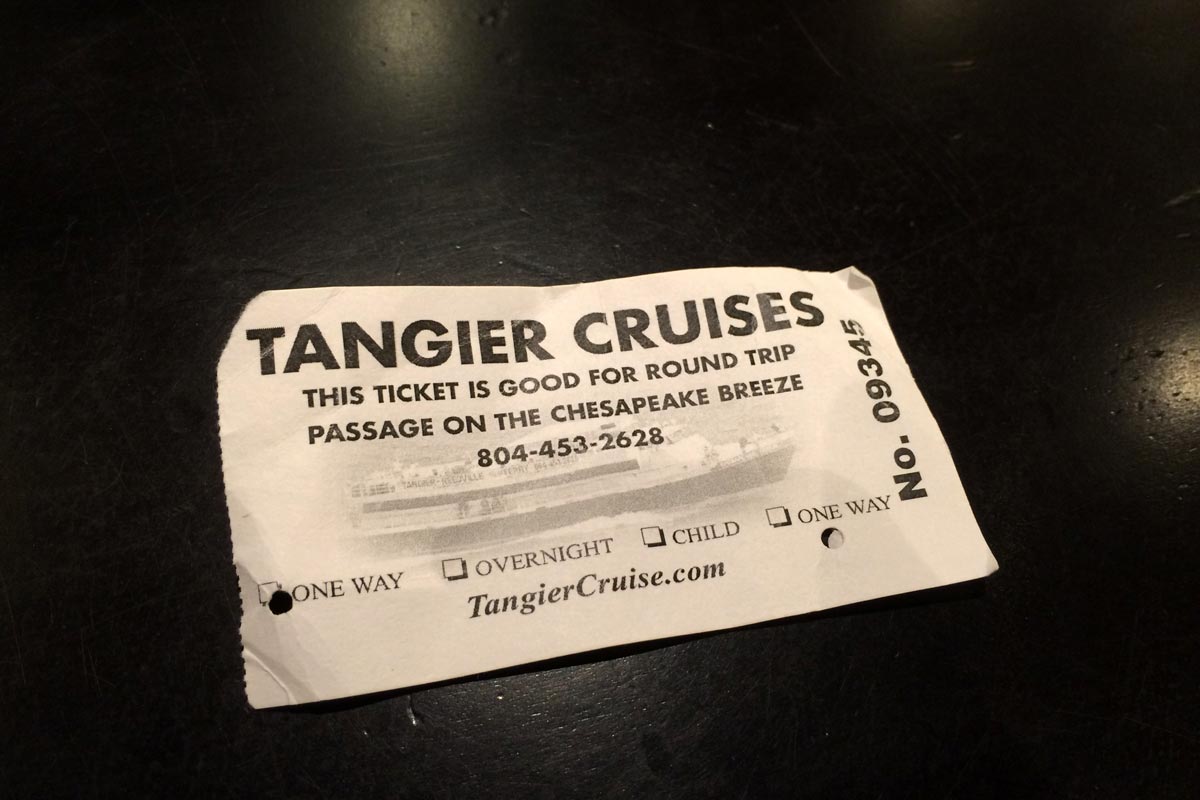
More Information
Below are a few images pulled from other sources on the Internet.
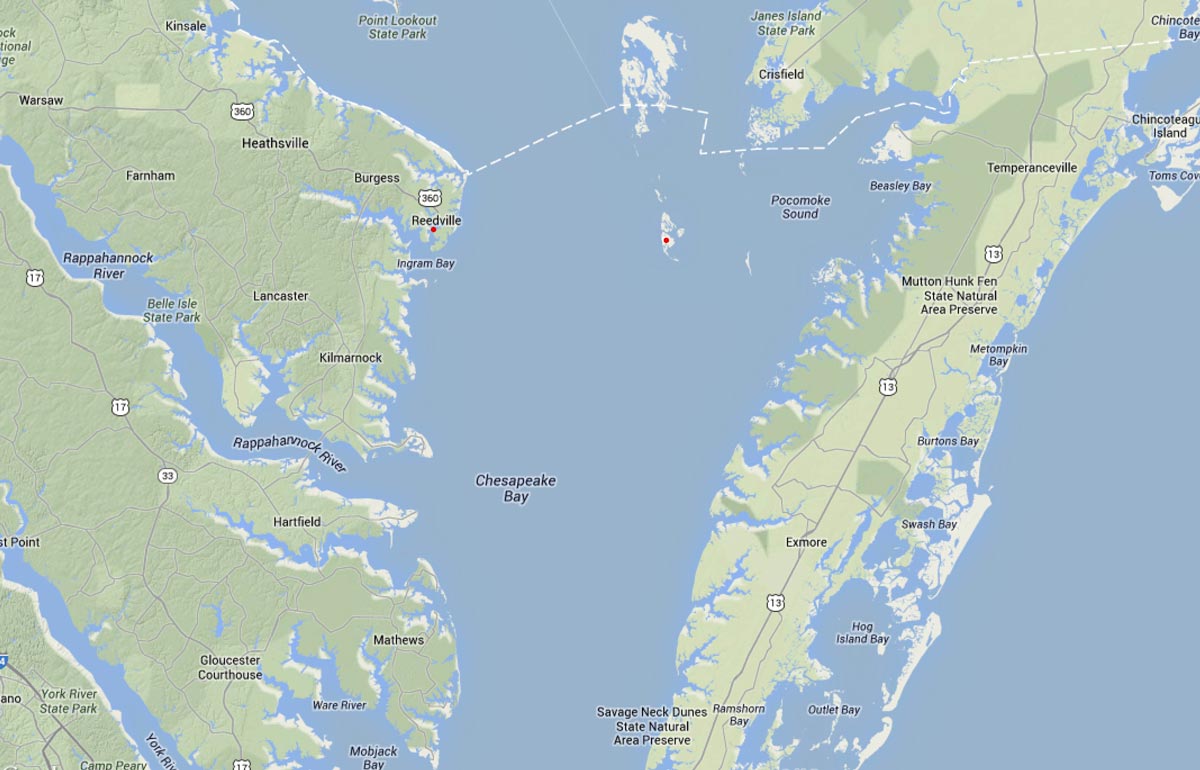
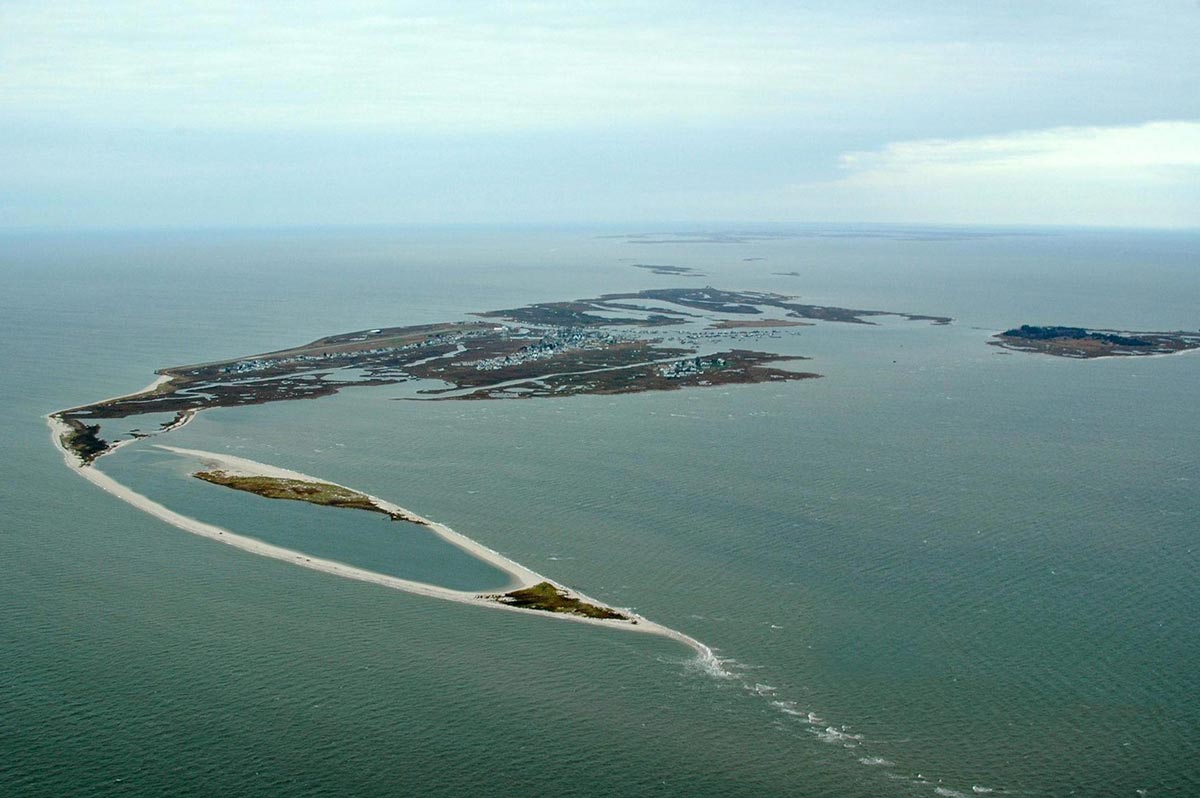
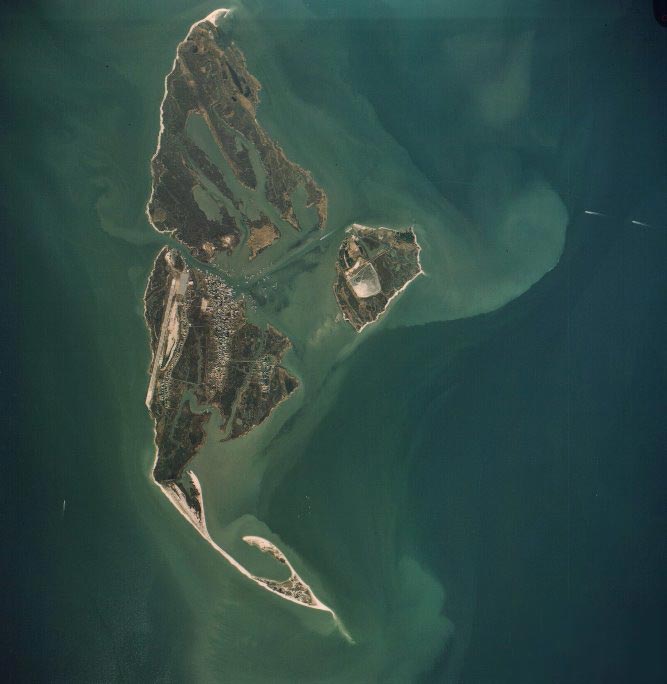
For more information about visiting Tangier Island from Virginia, visit Tangier Rappahannock Cruises.

